* (restored)

‘Chloroform’s characteristically sweet odour isn’t irritating, although inhalation of concentrated chloroform vapour may cause irritation of exposed mucous surfaces. Chloroform is a more effective anaesthetic than nitrous oxide. The metabolism of chloroform in the body is dose-dependent; it may be proportionally higher at lower levels of exposure. A substantial but variable percentage of chloroform from inspired air is retained in the body; it is extensively metabolized by the liver. Metabolites of chloroform include phosgene, carbene and chlorine, all of which may contribute to its cytotoxic activity. Prolonged administration of chloroform as an anaesthetic can cause toxaemia. Acute poisoning is associated with headache, altered consciousness, convulsions, respiratory paralysis and disturbances of the autonomic nervous system: dizziness, nausea, and vomiting are common. Chloroform may also cause delayed-onset damage to the liver, heart and kidneys. When used in anaesthesia, insensibility was usually preceded by a stage of excitation. This was followed by loss of reflexes, diminished sensation and loss of unitary consciousness.’ –– general-anesthesia.com
Gameboy boy
Thoroughly Modern Millie
Guy friends
Buffy
After Dinner We Take a Drive into the Night
We are watching for someplace to eat. We feel we are prey
for the insane scavengers of the air. We cannot make up our minds
and race five hundred miles away from our hosts.
I begin to feel passion.
I walk back and forth and it is a slow movie,
without the interest of acting, only walking.
Far from my prying eyes she strips off her clothes.
Oh for the wings of a bird.
The record slows down;
sweat falls on the instruments;
the musicians are bored.
A hand comes from the clouds to give me a poem.
I accept it and we shake hands.
The incident with the hand haunted me for the rest of my life.
I began to gasp. It is time to sing the death song,
clearing the tops of the trees, hearing the glass
from the window and the traffic from the street.
Each year is a supermarket; no, each year is captured by a word,
repeated with nostalgia, overwhelmed by ineptitude,
dropping to the ground and rolling down the bowling alley of the sky.
— Tony Towle

Derelict aquatic park on Mars
‘The above first image offers a clean wide area view of this anomaly site without the distracting clutter of arrows and labels. I’ve done this because this site is otherwise busy with anomaly evidence and pointing it all out tends to make things get very crowded. Despite the above scene initially looking like there is little anomalous evidence in it, this is a very important site both from a surface water and civilization evidence point of view. The water and civilization evidence here is my fourth and last report to be drawn from the NASA-JPL-MSSS official MGS MOC M02-00163 narrow-angle image strip. As previously reported, this strip has produced the most numerous anomaly evidence so far for me of any single strip I’ve yet encountered in the official science data.

‘What we’re looking at here is a huge entertainment park sporting a aquatic theme but on a massive monumental scale and quite different looking than anything seen here on Earth. Further, this park has been subjected to some disastrous calamity leaving a portion of it in wreckage and some of the rest of it appears to have essentially been abandoned and allowed to become at least partially derelict and in ruins. Certainly, at the very least, this place is no longer operational as to its initial intended purpose.
‘One of the first things you should be aware of is that there is a very bright glow area producing a lot of light in this scene pointed out with an arrow and label. Whether this is a highly reflective spill area or an intense glow produced from within and/or on the ground is unclear because no amount of darkening will allow a sufficient view into this bright glow spot. At ground level immediately adjacent to and just a little to our right of the flow area is the terminating end of a huge skeletal bridge system coming in from further to the right. It has twisted and dangling girders at the glow area indicating a massive failure of the bridge right at this its largest point.
‘I strongly suspect that this bright glow area is something residual and possibly still active representing some catastrophic failure of something at this point in the past that helped create the sudden failure of this facility and its abandonment. This is also probably why it remains abandoned and not a candidate for reconstruction.

‘Imagine yourself now traveling across the trestle over the river from our right to our left and into the mid area of the still existing part of the bridge before getting to the terminating end but in the days when this site was fully operational. To your left you would see the giant shark like monument with its head area towering and appearing to hang over you dwarfing you and even the bridge system. Seen under the raised shark like monument’s front-end and behind it would be the lower profile mollusk like monument. In those past times, these two giant monuments would have probably been seen in standing open liquid water as though the creatures the monuments represent were alive in the water.
‘As large and dwarfing as these aquatic creature monuments are, on the opposite side of the bridge to your right from the same spot you would have seen a far larger far more massive colossal size clear conical shaped dome the size of a small mountain dwarfing everything. This clear dome would have been full of water and probably very large live creatures in that water appearing suspended in the air towering over you. Imagine the psychological impact as you leaned back to take in the monstrous height of this great massive pillar of water towering above you. The clear dome is still there, empty of course of water, and it appears intact and undamaged.
‘Imagine the great technical power it would have taken back when this was built to have constructed such a dome strong enough to withstand the outward pressure of all that mountain of water and its occupants even on a planet with a lesser gravity well. This clearly demonstrates just how technically advanced who ever designed and built this was or is and just how tough these clear domes on Mars can be amounting to heavily armored immensely strong constructs. Try as I have, I can’t detect any breach in the dome or that its shell has been damaged either.

‘The above image presents an enlarged even if very grainy look at the two giant creature monuments. We can see these at all only because of their huge size. Their location on the other side of the bridge from the bright glow area, their huge size, and their probable solidity as monuments probably shielded them from any real damage in the calamity that otherwise destroyed a portion of this show case park as to its intended purpose.
‘The monument on the left in the above image clearly represents some kind of fish type aquatic creature. The fairly clear head, nose, mouth, and eye visuals at the left end of the object with sunlight reflecting off of this area and with the head area elevated above and a little over the bridge structure as well as the general body shape indicates that this is probably a shark like creature.
‘The monument on the right in the above image appears to possibly represent some kind of mollusk or clam like creature. On the left end of this object nearer to us, you will note that this broader proportioned end’s leading edge is ragged and irregular. This is all typical of invertebrate bivalve type aquatic creatures as is the narrowing taper of the body to the probable hinged rear end you also see here. What is not so typical is the dorsal fin structure starting in the mid part of the bivalve’s upper back area and extending straight back in a narrow dark line to and wrapping around and under the bottom of the creature’s rear end.
‘This is not likely to be some ancient dead ruins subjected to a long span of time of weathering and exposure. Rather, it is more logical that either this evidence’s disaster was of relatively recent date not giving sediment enough time to build up or someone is currently and actively maintaining part of this facility or both.’ — Joseph P. Skipper
‘Your smell is intoxicating’
Stylish French women in the Soviet Union


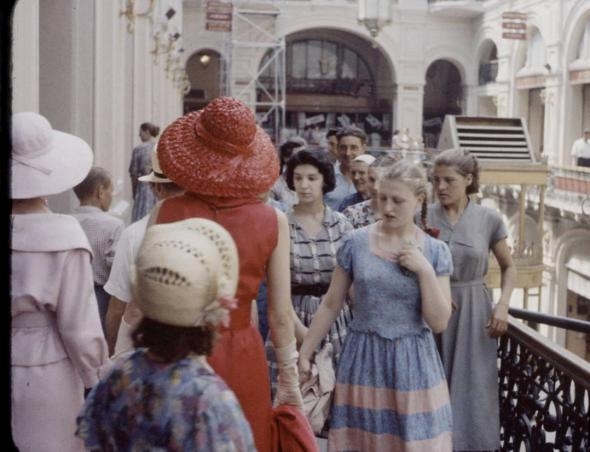


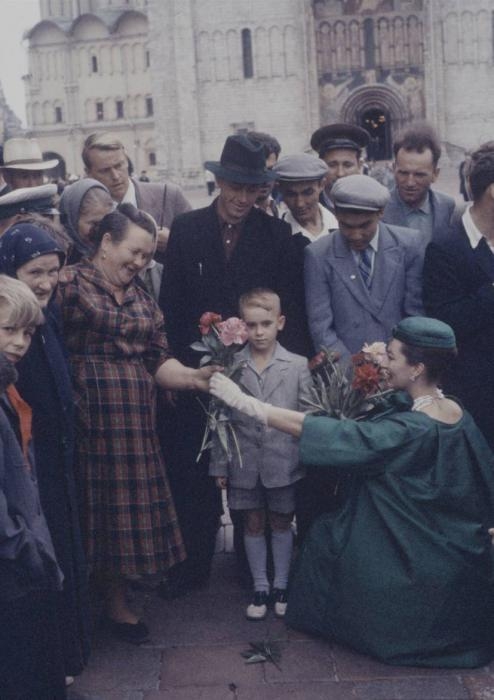

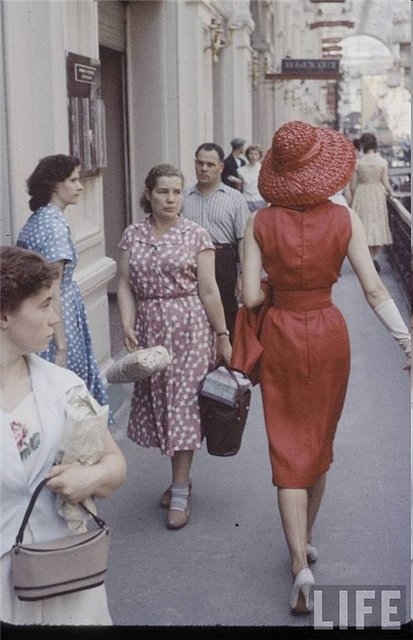
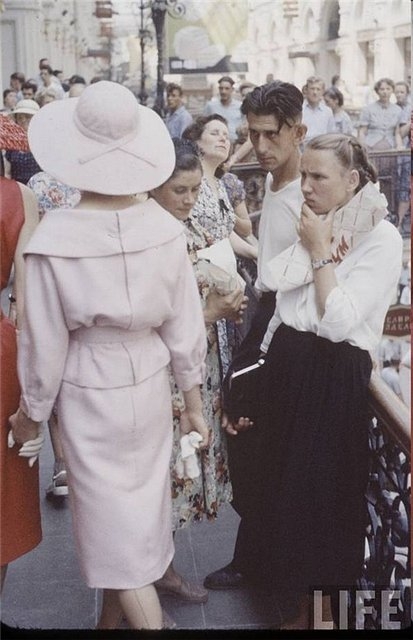
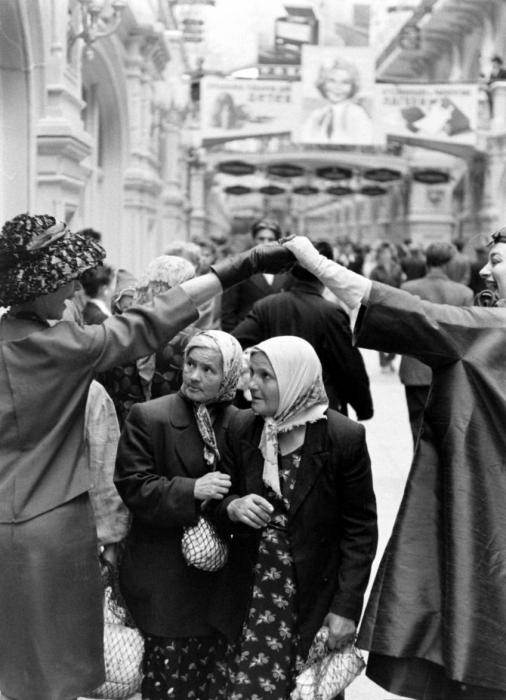


The Promotion
I was a dog in my former life, a very good
dog, and, thus, I was promoted to a human being.
I liked being a dog. I worked for a poor farmer
guarding and herding his sheep. Wolves and coyotes
tried to get past me almost every night, and not
once did I lose a sheep. The farmer rewarded me
with good food, food from his table. He may have
been poor, but he ate well. And his children
played with me, when they weren’t in school or
working in the field. I had all the love any dog
could hope for. When I got old, they got a new
dog, and I trained him in the tricks of the trade.
He quickly learned, and the farmer brought me into
the house to live with them. I brought the farmer
his slippers in the morning, as he was getting
old, too. I was dying slowly, a little bit at a
time. The farmer knew this and would bring the
new dog in to visit me from time to time. The
new dog would entertain me with his flips and
flops and nuzzles. And then one morning I just
didn’t get up. They gave me a fine burial down
by the stream under a shade tree. That was the
end of my being a dog. Sometimes I miss it so
I sit by the window and cry. I live in a high-rise
that looks out at a bunch of other high-rises.
At my job I work in a cubicle and barely speak
to anyone all day. This is my reward for being
a good dog. The human wolves don’t even see me.
They fear me not.
— James Tate

iDoser: Gates of Hades
‘iDoser is an application for the playback of proprietary audio content that uses binaural sounds to produce an effect similar to using certain drugs like LSD, marijuana and cocaine. It’s supposed to be perfectly safe and it’s 100% legal.
‘Research into the neurological technology behind I-Doser is sparse. Peer-reviewed studies exist suggesting that some specific binaural beat mixes can affect aspects of mental performance and mood, act as analgesic supplements or affect perceptions, but there have been no formal studies of any effects of mixes particular to I-Doser.
‘I wasn’t really interested in those that simulate drugs but there’s one that caught my attention. It’s called Gate of Hades. Gates of hades is a musical beat and series of sounds designed to make you feel particularly disturbing emotions. Specifically, it’s supposed to make you feel like you are falling into hell at infinite speeds. It’s iDoser’s strongest product and ideally it should scare you to death. This is what description says:
‘”Expect nightmares, near death experiences, and strong onset of fear.”
‘And I don’t expect any less since it costs $200.’ — Mayhem Makes Runescape Pure Clan and Community
Nichlas
German boy
Friend
Luke
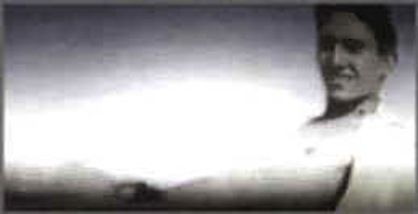
Muse
from Pepi’s Symposium
‘Raymond Radiguet was born on June 18th, 1903; he died, without knowing it, on December 12th, 1923, after a miraculous life. The literary tribunal has found his heart arid. Raymond Radiguet’s heart was hard, and like a diamond it did not react to the least touch. It needed fire and other diamonds, and ignored the rest. Do not accuse fate. Do not speak of injustice. He belonged to the solemn race of men whose lives unfold too quickly to their close. “True presentiments,” he wrote at the end of The Devil In The Flesh, “are formed at a depth that the mind does not reach. Thus they sometimes make us do things that we misinterpret….A disorderly man who is going to die and does not know it suddenly puts his affairs in order. His life changes. He sorts his papers. He rises and goes to bed early. He gives up his vices. His friends are pleased. Then his brutal death seems all the more unjust to them. He would have lived happily.” For four months Raymond Radiguet became meticulous; he slept, he sorted, he revised. I was stupid enough to be glad of it; I had mistaken for a nervous disorder the intricacies of a machine that cuts crystal.’
Here are Radiguet’s last words:
‘”Listen,” he said to me on December 9th, “listen to something terrible. In three days I am going to be shot by the soldiers of God.” While tears choked me, as I invented other explanations: “Your explanations,” he continued, “are not so good as mine. The order has been given. I heard the order.” Later, he said: “There is a colour that moves and people hidden in the colour.” I asked if he wanted them sent away. He answered: “You cannot send them away as you cannot see the colour.” Then, he sank. He moved his mouth, he called us by name, he looked with surprise at his mother, at his father, at his hands. Raymond Radiguet left three volumes. A collection of unpublished poems, The Devil In The Flesh, a masterpiece of promise, and the promise fulfilled : Count d’Orgel. One is frightened by a child of twenty who publishes a book that cannot be written at that age. The dead of yesterday are eternal. The author of Count d’Orgel was the ageless writer of a dateless book. He received the proofs in the hotel room where his fever consumed him. He intended to make no alteration to them. His death robs us of memoirs of his development; three short stories; a long appendix to The Devil In The Flesh; Ile de France; and Charles d’Orleans, an historical picture, imaginary in the same way as the false autobiography of his first novel. The only honour that I claim is to have given to Raymond Radiguet in his life the illustrious place won for him by his death.’ — Jean Cocteau
‘Raymond Radiguet was born in Saint-Maur, a Parisian suburb, in 1903. He read much and began writing poetry in his mid teens, He abandoned his studies in favour of journalism and to leap into the Parisian literary circles where he mixed with Picasso, Stravinsky and Jean Cocteau who became his mentor and lover although their relationship was always difficult. In 1921 he completed The Devil in the Flesh and also published a collection of poems. The first version of Count d’Orgel’s Ball was finished in 1922 and revised in 1923, just a few months after the publication of The Devil in the Flesh and before he died of Typhoid at twenty, on the 12th December 1923 and was interred at Le Pere Lachaise in Paris.
‘Raymond Radiguet was a prodigy. The precocious boy wrote as if he had the experience of a much older man. However he said of himself:
“These premature prodigies of intelligence who become prodigies of stupidity after just a few years! Which family does not have its own prodigy? They have invented the word. Of course, child prodigies exist, just as there are extraordinary men. But they are rarely the same. Age means nothing. What astounds me is Rimbaud’s work, not the age at which he wrote it. All great poets have written by seventeen. The greatest are the ones who manage to make us forget it.
“When posed the question “Why do you write?” in a recent survey, Paul Valery answered “Out of weakness.”
“On the contrary, I believe that it would be weak not to write. Did Rimbaud stop writing because he doubted himself and wanted to take care of his memory? I do not think so. One can always do better. Timid writers who do not dare show their work until they have done better should not find in this an excuse for their weakness. For, in a subtler way, one can never do better and one can never do worse.”
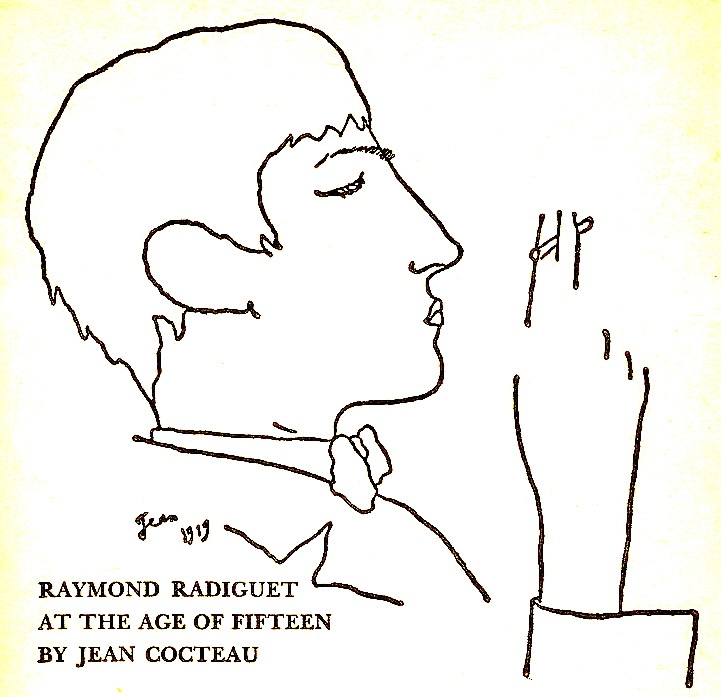
Jean Cocteau
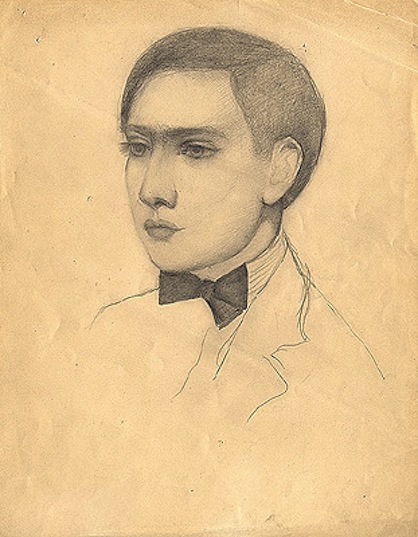
unknown

Picasso

Man Ray

Juan Gris

Jacques Lipchitz
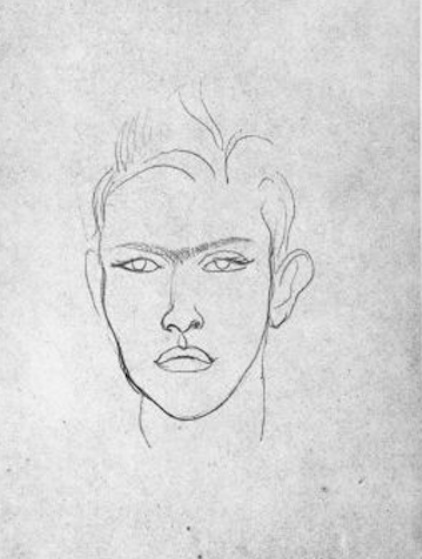
Roger de la Fresnaye
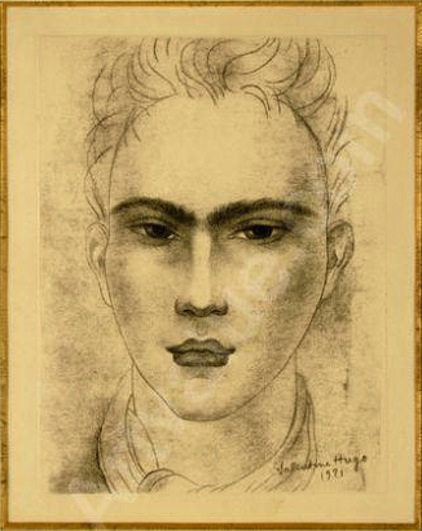
Hugo Valentine
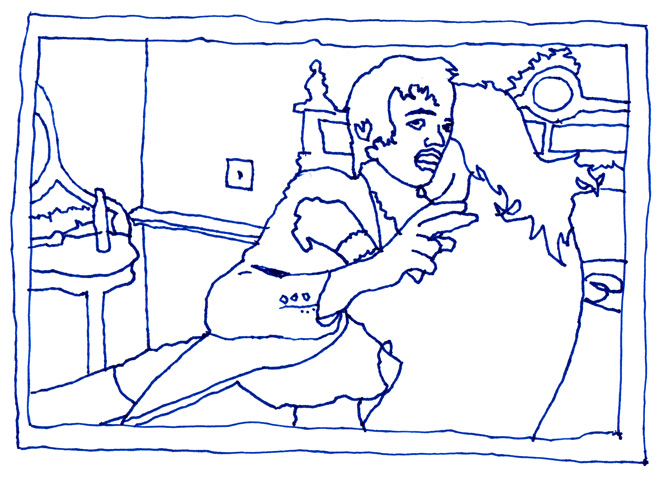
Math Tinder

Jean Cocteau
‘There is in every madman a misunderstood genius whose idea, shining in his head, frightened people, and for whom delirium was the only solution to the strangulation that life had prepared for him.’ — Antonin Artaud
‘Being sober on a bus is, like, totally different than being drunk on a bus.’ — Ozzy Osbourne
‘The youth, intoxicated with his admiration of a hero, fails to see, that it is only a projection of his own soul, which he admires.’ — Ralph Waldo Emerson
‘All the mistakes I’ve ever made in my life have been when I’ve been drunk. I haven’t made hardly any mistakes sober, ever, ever.’ — Tracey Emin
‘It’s kind of fun to do the impossible.’ — Walt Disney
‘People don’t deserve the restraint we show by not going into delirium in front of them.’ — Louis-Ferdinand Celine
‘Perversity is the muse of modern literature.’ — Susan Sontag
‘My peers, lately, have found companionship through means of intoxication–it makes them sociable. I, however, cannot force myself to use drugs to cheat on my loneliness–it is all that I have.’ — Franz Kafka
‘The obese is in a total delirium. For he is not only large, of a size opposed to normal morphology: he is larger than large. He no longer makes sense in some distinctive opposition, but in his excess, his redundancy.’ — Jean Baudrillard
‘Oh! the little fly drunk at the urinal of a country inn, in love with rotting weeds, a ray of light dissolves him!’ — Arthur Rimbaud
‘I hate to advocate drugs, alcohol, violence, or insanity to anyone, but they’ve always worked for me.’ — Hunter S. Thompson
‘Science has not yet taught us if madness is or is not the sublimity of the intelligence.’ — Edgar Allan Poe
‘I don’t do drugs. I am drugs.’ — Salvador Dali
‘Every extension of knowledge arises from making the conscious the unconscious.’ — Friedrich Nietzsche
‘Many years ago, my then-8-year-old friend Spencer asked a prominent jazz musician for an autograph, but when he was given the usual signature, he scolded, “Not your name… Mine!” Following his lead, I’ve been asking writers, artists, politicians, and movie stars to sign my John Hancock, er, Paul Schmelzer. So far more than 70 have agreed…’ — Paul Schmelzer
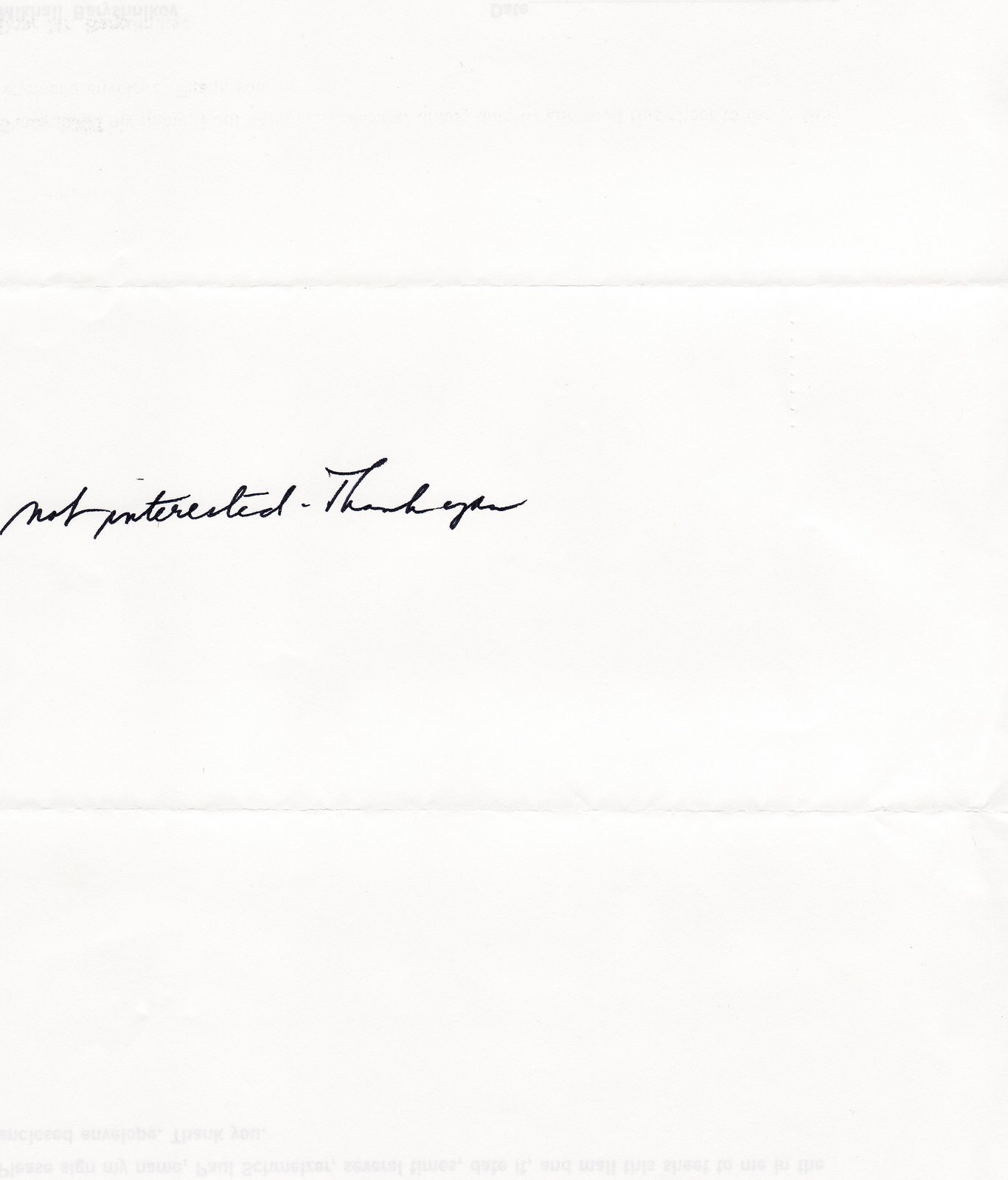
Mikhail Baryshnikov

Jimmy Carter

Charlie Daniels

Dan Castellenata

Ed Ruscha

Errol Morris

Fats Domino

Frank Gehry
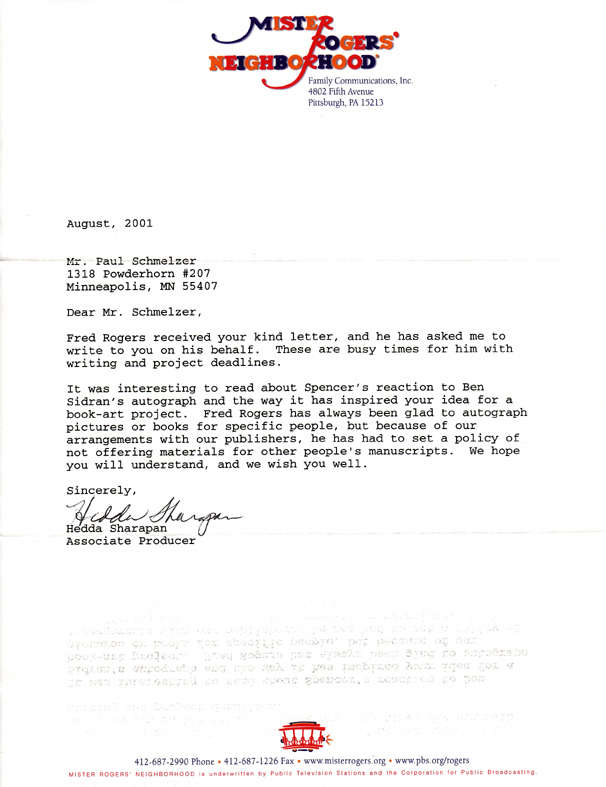
Mr. Rogers

Isabel Allende
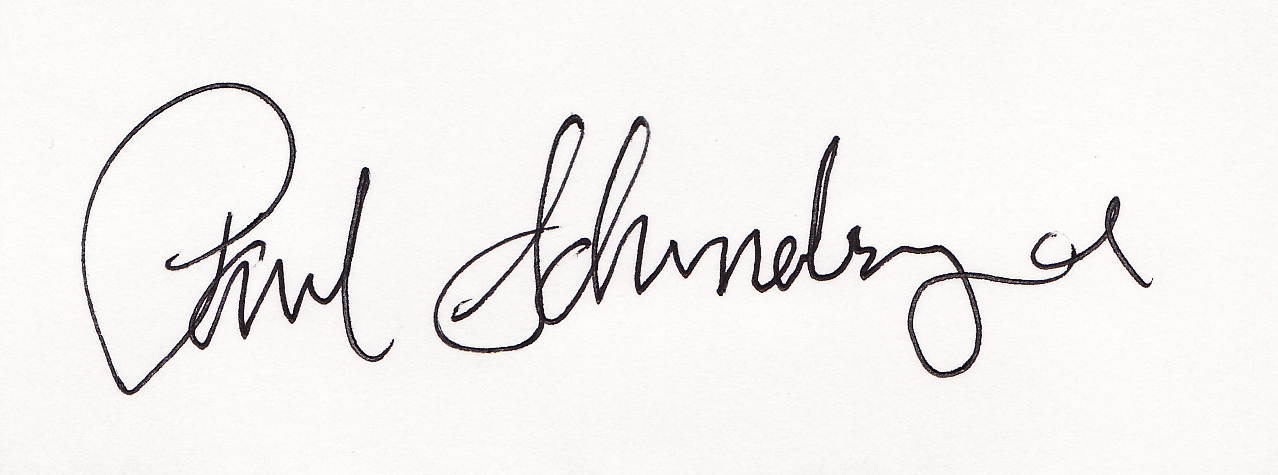
Jeff Tweedy
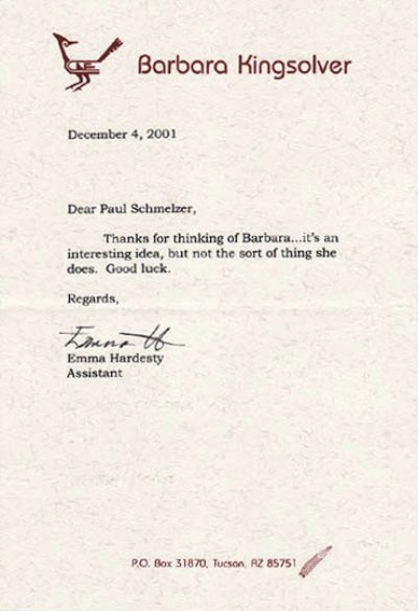
Barbara Kingslover
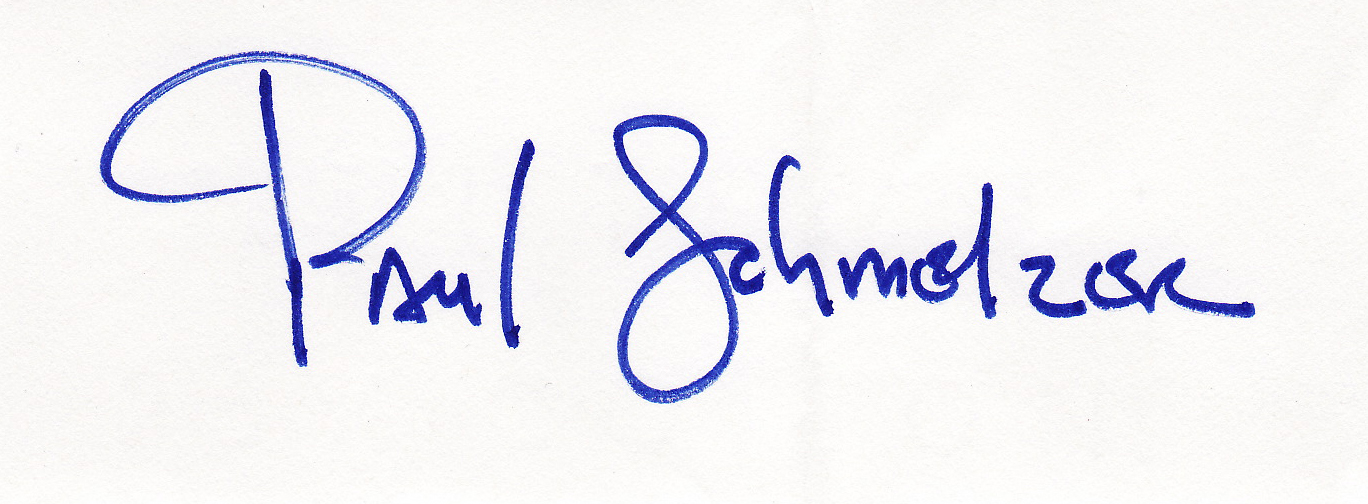
Kweisi Mifune
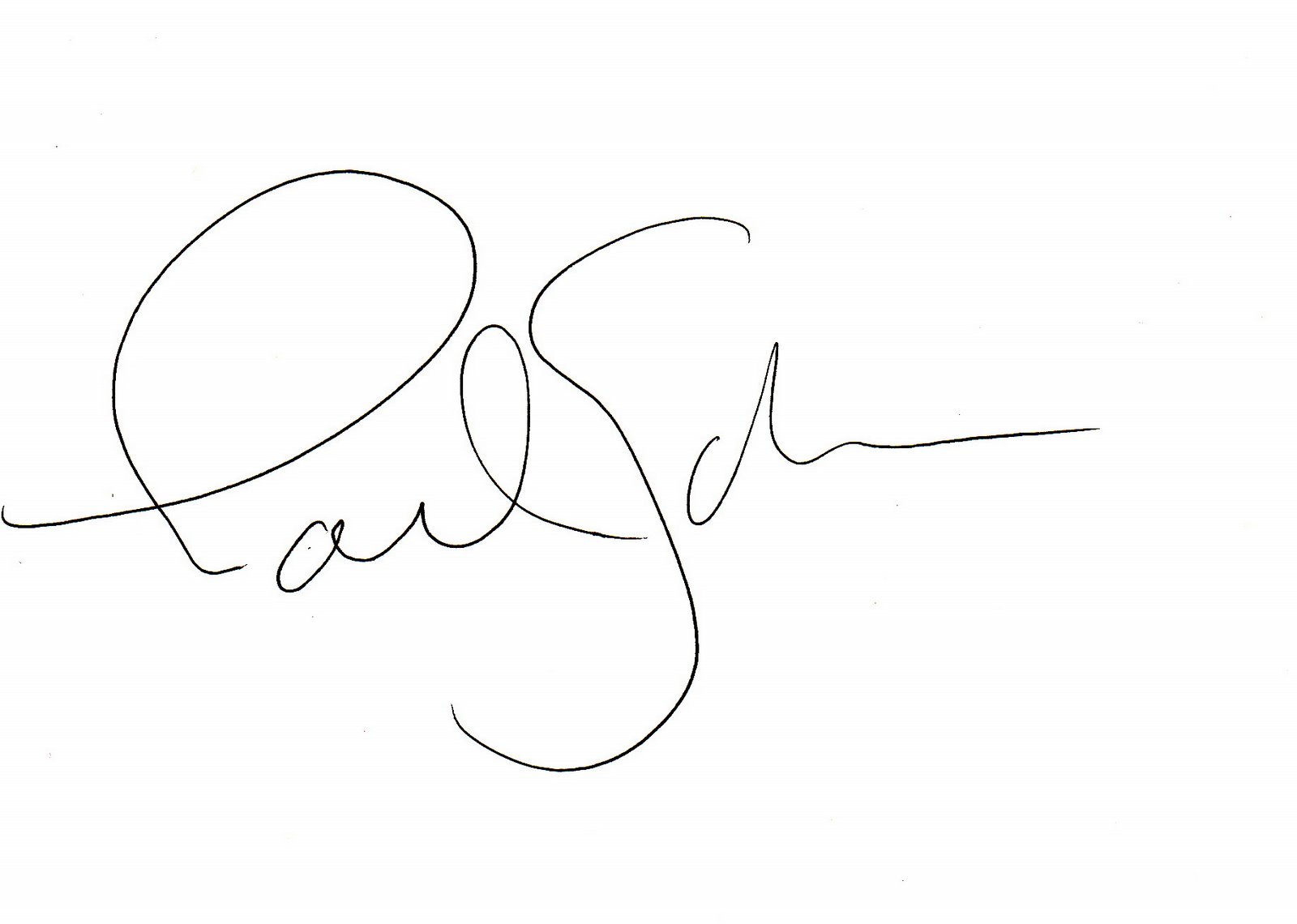
Laurie Anderson
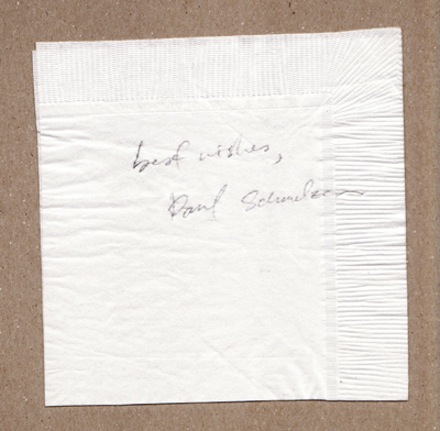
Matthew Barney

Naomi Klein
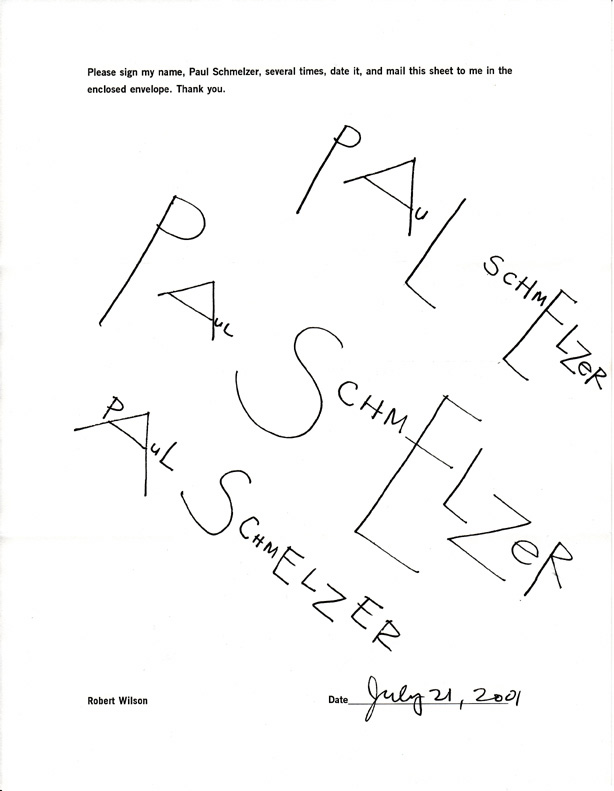
Robert Wilson

Thurston Moore

Wim Wenders
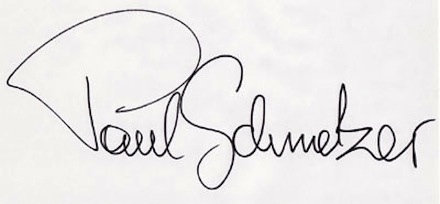
Wolfgang Puck

Yoko Ono
The Hotel
The two knights suggest to the king that he take the hero
into his confidence. The pantomimes are spaced to accommodate them.
It is a work of great beauty. It is night. Four boys
remain on the scene. They choose four girls. This is what happens:
Her beauty and her brains work like fire. She is shocked
by his remark that he cannot spend too much time. We see grace of
body and mind being torn to pieces. Now begins the bitter aftermath.
Now the prayers of Orpheus are answered. It is the ancient
myth of Orpheus. Orpheus cannot console himself with his own song.
The song of the lyre is inadequate to his bereavement. Now he finishes
the song. Everything is green. Everything is splashed with color.
— Tony Towle

Vicious Coffee
‘A cup of iced coffee at an Adelaide, Australian cafe called Vicious Coffee boasts 80 times more caffeine than a shot of espresso and 50 times more than a regular cup of coffee. That amount of caffeine is half the amount of a lethal dose.
‘It is recommended you take your time drinking a large, which should you should sip over four hours. Otherwise? RIP. The “high” will last you 12-18 hours. According to the USDA, a fluid ounce of espresso has 64 milligrams of caffeine and 95 milligrams in an 8-ounce cup of coffee. Vicious coffee, however, has 5 grams of caffeine.
‘According to the owner of the cafe, Steve Benington, “Some people love it and some are broken by it.” — Elite Daily
Chocolates

In 1934 a woman was charged with killing two children with strychnine laced chocolate.
In 1976 suspected terrorist, Wadia Haddad, died after allegedly being fed poisoned chocolate for six months by Mossad agents.
In 2006 a man killed his parents by serving them a chocolate mousse containing poison.
A woman fought with husband over a chocolate cake. She claimed she attempted to leave with the cake but her husband objected. They quarreled and she settled it by stabbing him to death.
In 1990 a man was charged with killing a 3-year-old girl by force-feeding her a chocolate cake. She choked to death.
An 82 year old man was attacked and robbed by thugs posing as chocolate salesmen. A week later he died of a heart attack.
A 75 year old heart patient was thrown to the ground by a drug addict. The addict was running with a box of stolen chocolate bars when the collision occurred. A month later the man died.
In 2008 a young man confronted a teenager who threw a partially eaten bar of chocolate into the window of his sister’s car. The confrontation escalated into a fight. The man later died from a head injury he received during the brawl.
In 1910 a young woman dies while trying to share her chocolate with her co-workers. She attempted to cut the bar in pieces and instead slipped and cut an artery in her leg.
In the 1960’s iron pills were chocolate coated. They resembled and tasted so much like candy that many young children ate them. None of those kids didn’t survive.
A man, dropping blocks of chocolate into a cauldron, died after falling in.
An employee of the South Bend Chocolate Company was found dead in a company machine.
A 19 year old man was found dead by his fellow employees. He had become submerged in a giant tank of molten chocolate.
A senior citizen left the Sydney hospital to buy a chocolate bar. His body was located a week later.
A 60 year old man’s body was found in the streets of Aberdeen, Scotland. The old gent was carrying a box chocolates. The police think he might have been going to visit someone when he died.
A man with an eating disorder crammed an entire Mars bar in his mouth and choked to death.
A girl choked to death on a chocolate swiss roll. Unfortunately she suffered from a congenital problem that made swallowing difficult.
Chocolate eggs containing toys caused the choking deaths of at least three children.

Inhalable chocolate


Stephen Shanabrook “Chocolate Box : Morgue”
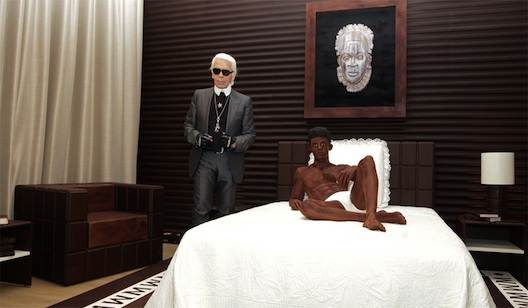
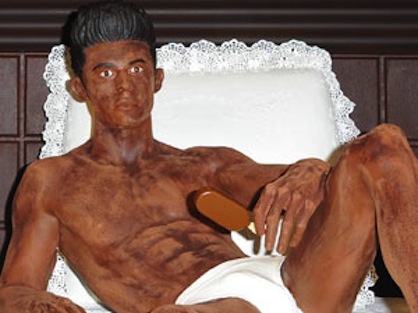
Chocolate Karl Lagerfeld boyfriend
Chocolate boat


Chocolate larvae
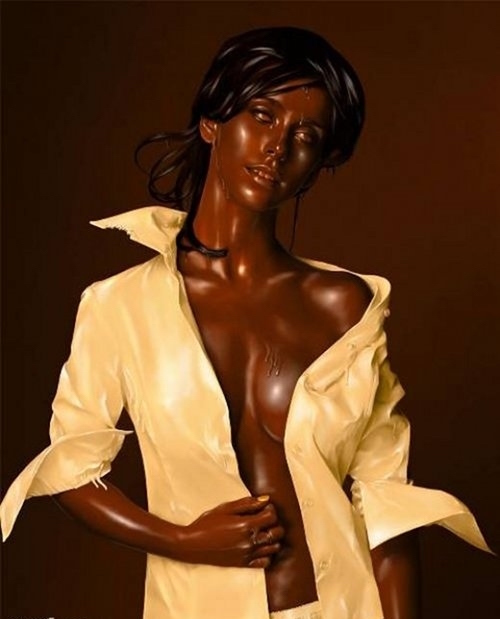
In an Osaka brothel, you can have snuff sex, whatever that means, with this chocolate prostitute for the equivalent of $10,000.

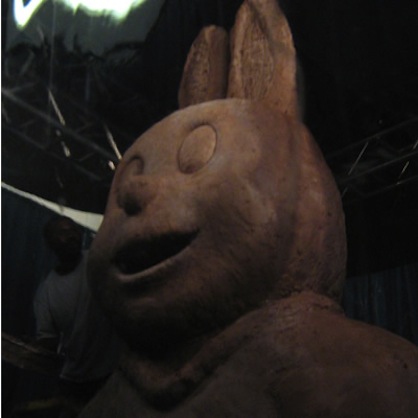
World’s largest chocolate bunny
Chocolate ammo

Chocolate-Avocado Cake
Julia Drouin ‘Disco Ghost’ (2013)

Chocolate Grace Jones

Frantz Kobe Sweets ‘Chocolate City’
Pink and white chocolate fountain


Chocolate covered peeps w/ strange chemical reaction
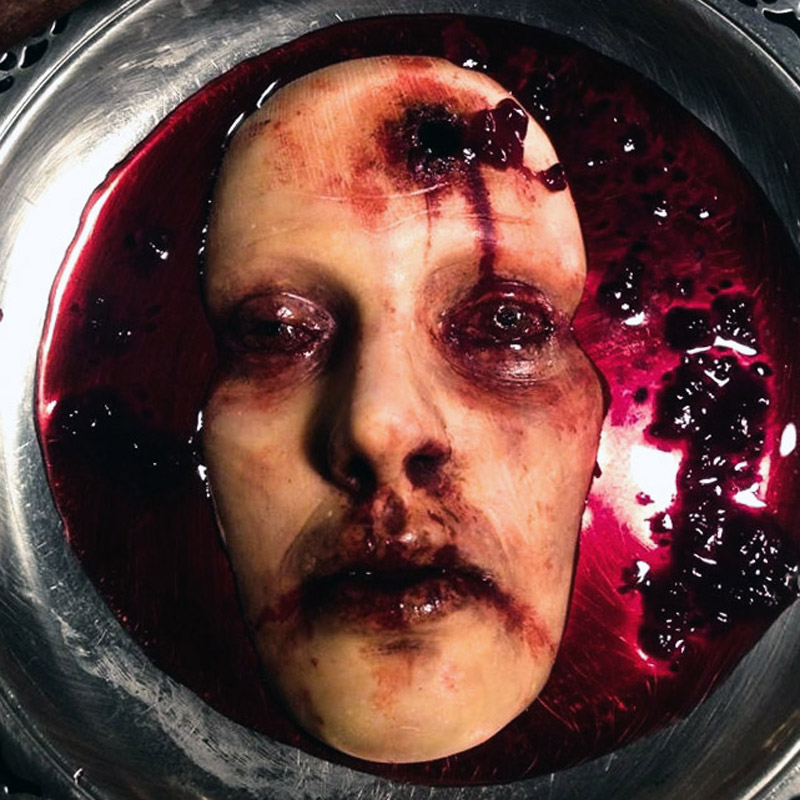

Michele Micha

Chocolate anus
—-
*
p.s. Hey. Warning: My jet lag seems to have evolved into some kind of cold or flu, so my cognitive abilities are even less available today. Urgh. But I’ll do my best. ** jay, Hi. My return to full time gaming will hopefully include avoidance of time/psychology swamping games a la ‘Animal Crossing’, but I’m susceptible. I hope Xmas with your boyfriend’s family means lots of presents. ** Bill, You’re in Hong Kong. I’m so out of it. What do you especially like about Taipei? Probably a huge question. ** Laura, I need to buy a second pair of shoes clearly. I think mine are Adidas? I don’t even know. They’re white. We did about ten or twelve takes of the final reaction shot, as I recall, and that was the only take where all of them did something interesting. Sadness can be fruitful, but I suppose rarely? Thank you. ** Morgan M Page, The doc you’re preparing sounds really interesting. Are they are a relatively obscure group? Are you shooting current day stuff too? Great luck with that. I saw Cassils perform once, and, yeah, it was powerful. Well, my holiday plans are now dependent on whether this oncoming illness thing is a quickie or not. But, thus far, eating a Xmas buche with friends on Tuesday is the only celebration. You? ** _Black_Acrylic, Hey. As far as I’m concerned, you’ve been Queer since you were knee high to a grasshopper, but my definition of Queer doesn’t necessarily depend on one’s romantic or sexual inclinations. ** Steeqhen, Thanks. If I go full on back into games, I would imagine it would involve the Switch, yes. Although Steam would be employed. I’m excited for the new ‘Resident Evil’. The last one was great. ** l@rst, Cool, pony up with your album deets, sir! ** Jack Skelley, Thanks, J-ster. So sad I barely missed the Killian shebang. Yeah, super happy with how well ‘RT’ seems to be being received. Jet lag turned ugly, but what can one do. I’ll endeavor to be alert in time for our Sunday visit. <3 <3 what’s left of Dennis. ** julian, Is that true about a resurgence of art about cruising? I’m going to peel my eyes. As soon as I’m not six feet under whatever malady I’m beset with, your EP is top of the draw, and I’ll report back. ** Carsten, Obviously sorry about the blog’s blockade on your comment. Wtf?! I have no clue why the blog treats commenters as randomly as it seems to. Thanks about the lists. I’m guessing you’ll love the Jarmusch, but let me know. No travel for the time being. I think the film touring will kick back into gear in late January is my guess. ** Nicholas., Oh, you’re so sweet, pal. It was joyous. Indeed. ** HaRpEr //, Right, Nayland did the ‘Dream Police’ cover. My publisher put so much color grading over it that I forgot. Teleport me some of that ‘feeling good’ stuff if you can figure out how. There’s a buche on order (the melted apples one) and, barring disaster, friends and I will tear it to pieces on Tuesday. I am a total sucker for four-track recorded rock/pop too, unsurprisingly. ** Steve, I’ll do a search for the minister’s album once I have a freed up brain. Does sound wild. ** horatio, Thanks for the beautiful read. I’m pretty sure most of the guys on the slave sites, young and old, are just gooners with overactive imaginations. I don’t have a PO Box, but I do have a physical address. I don’t want to give it out here, but hit me up at Instagram or email, and I’ll pass it on. And, wow, thank you guys for thinking of me! ** Okay. Whoa, I made it. Let’s see … today involves a very old restored post that I thought was worth repairing and reconstituting. But you be the judge of that. See you tomorrow.

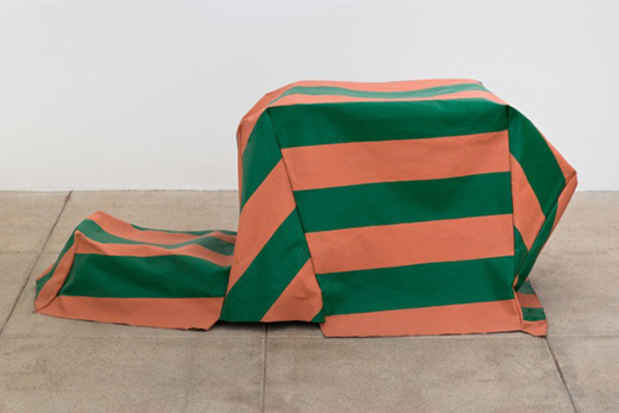
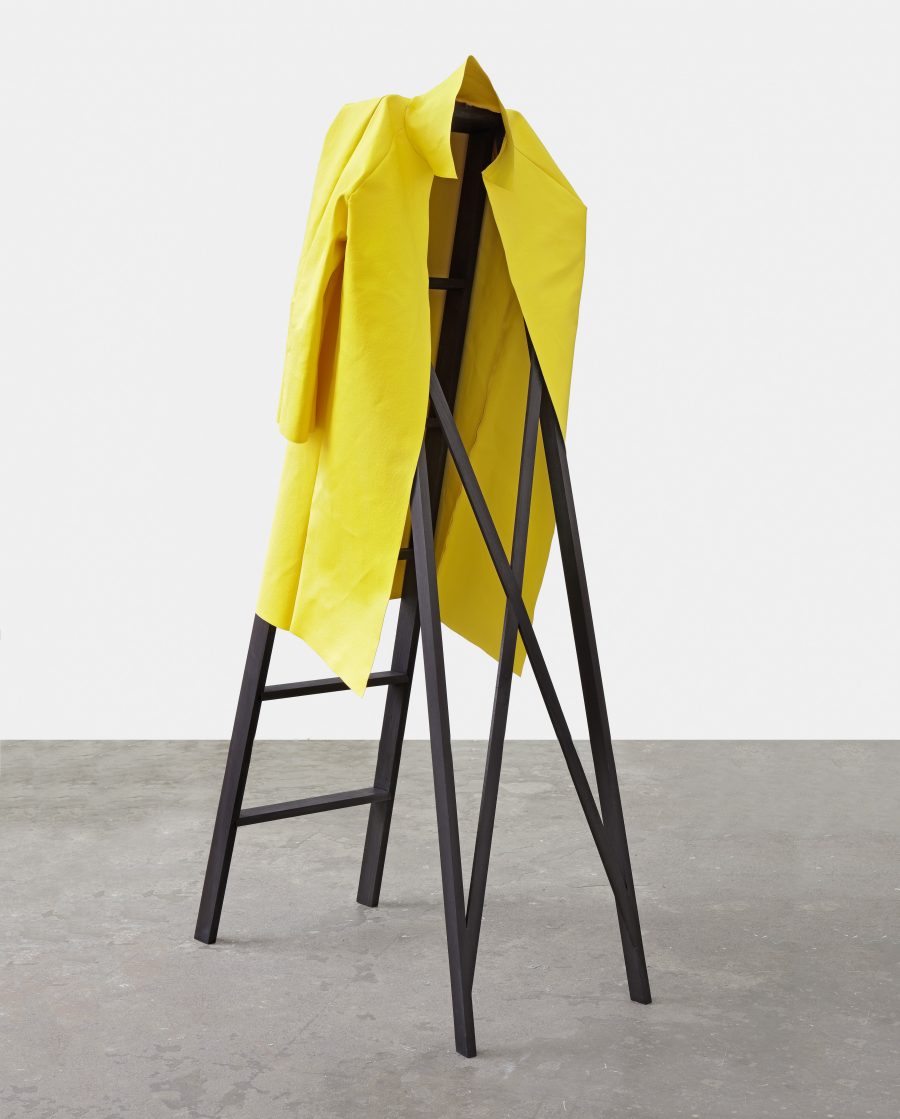
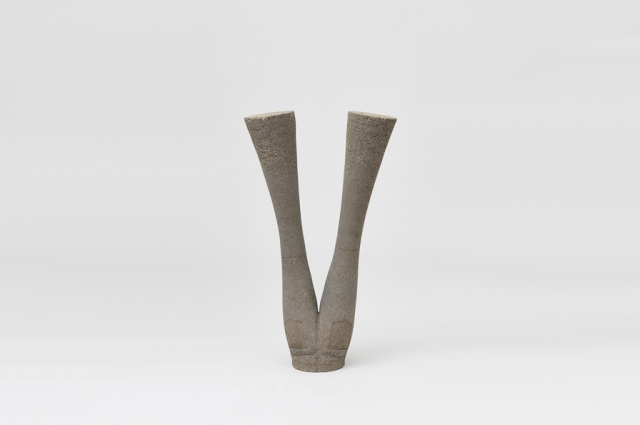


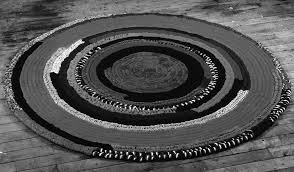






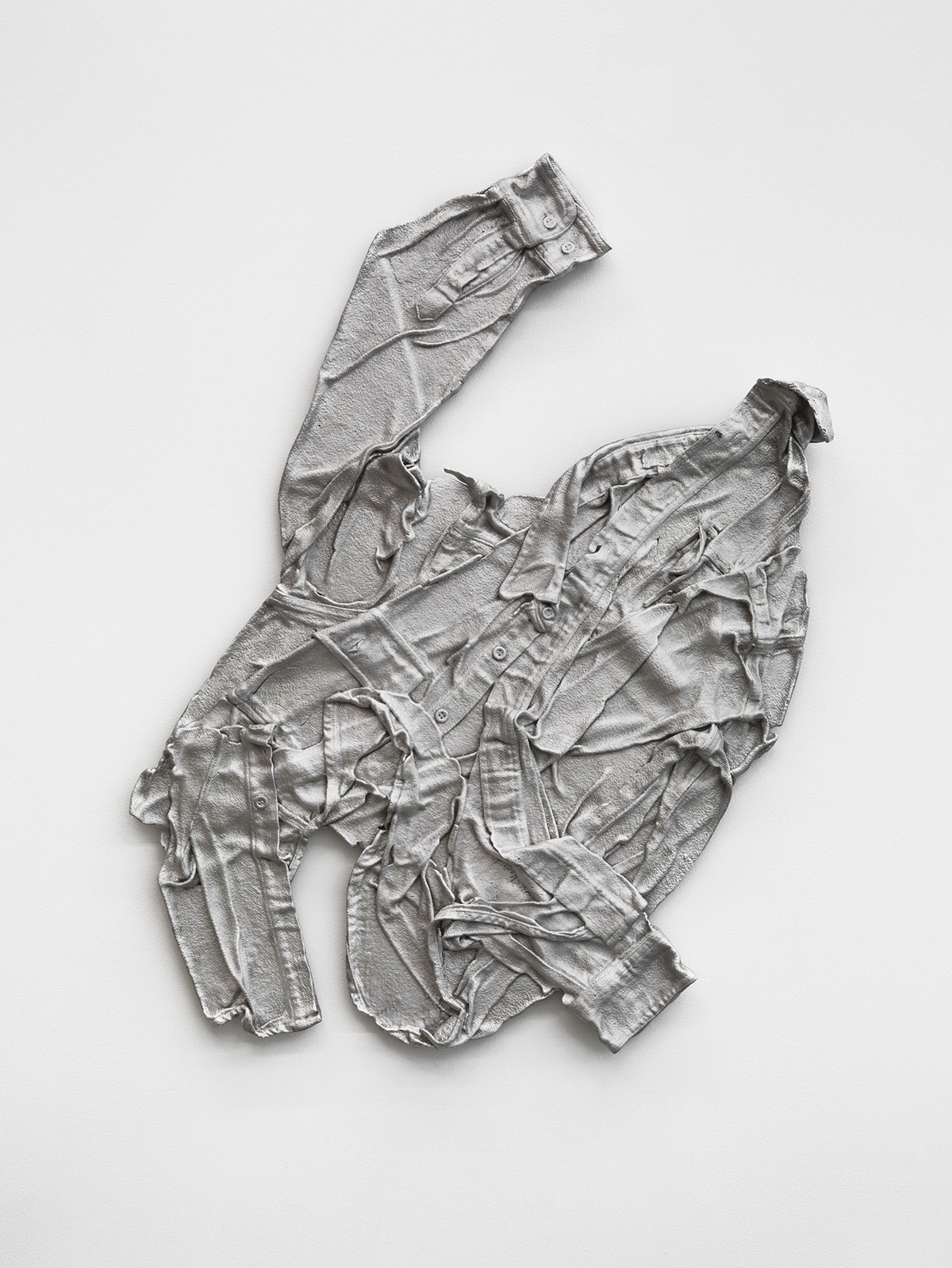



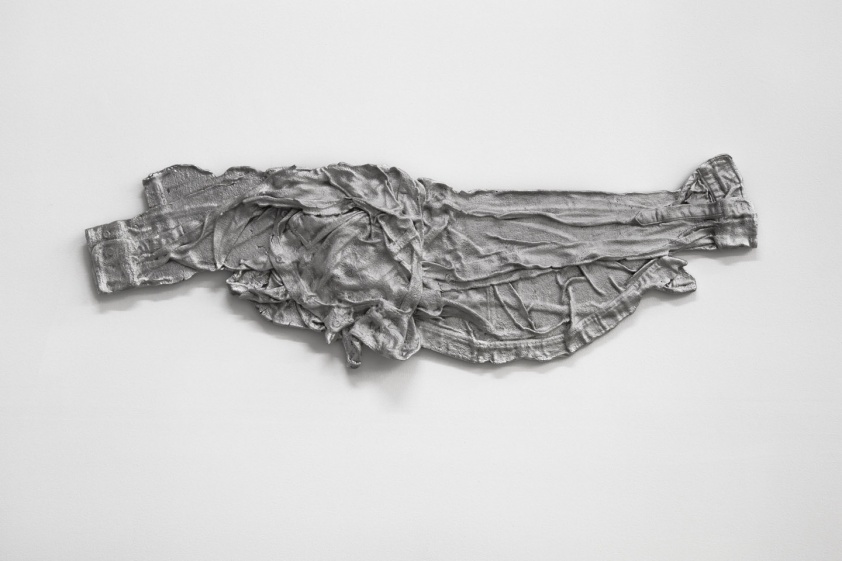
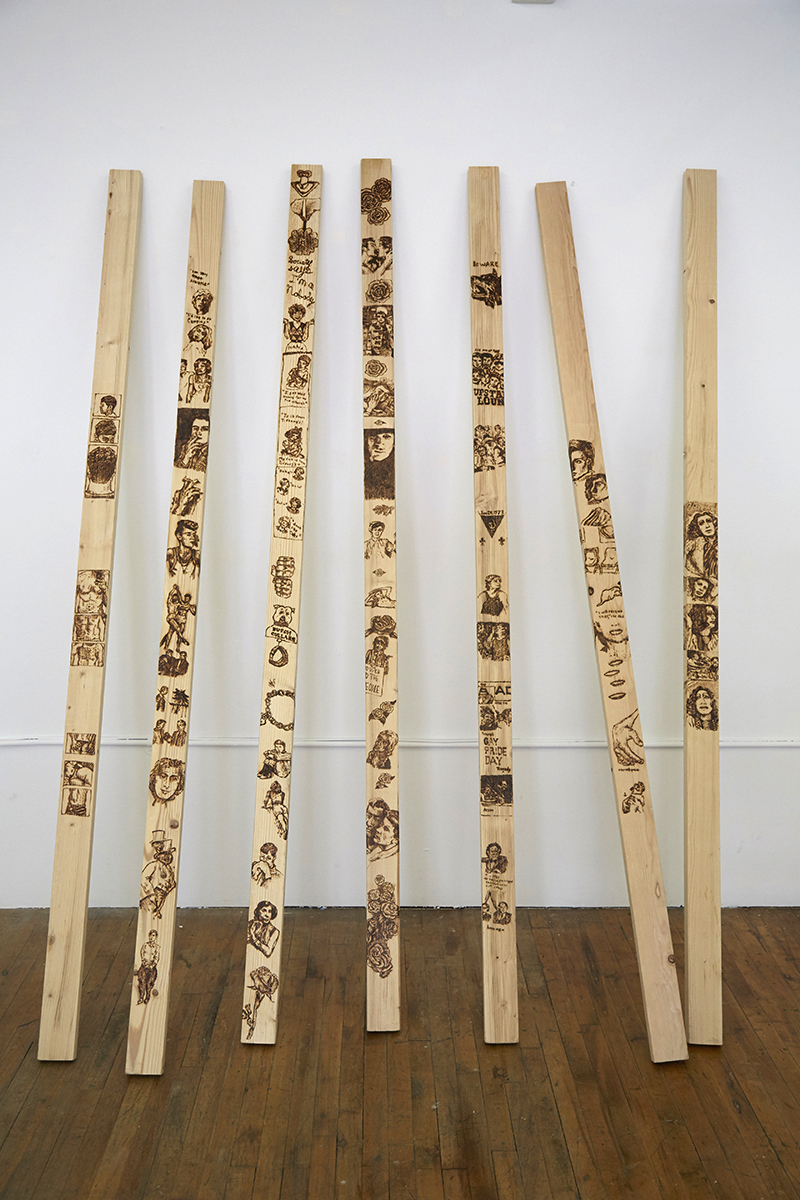
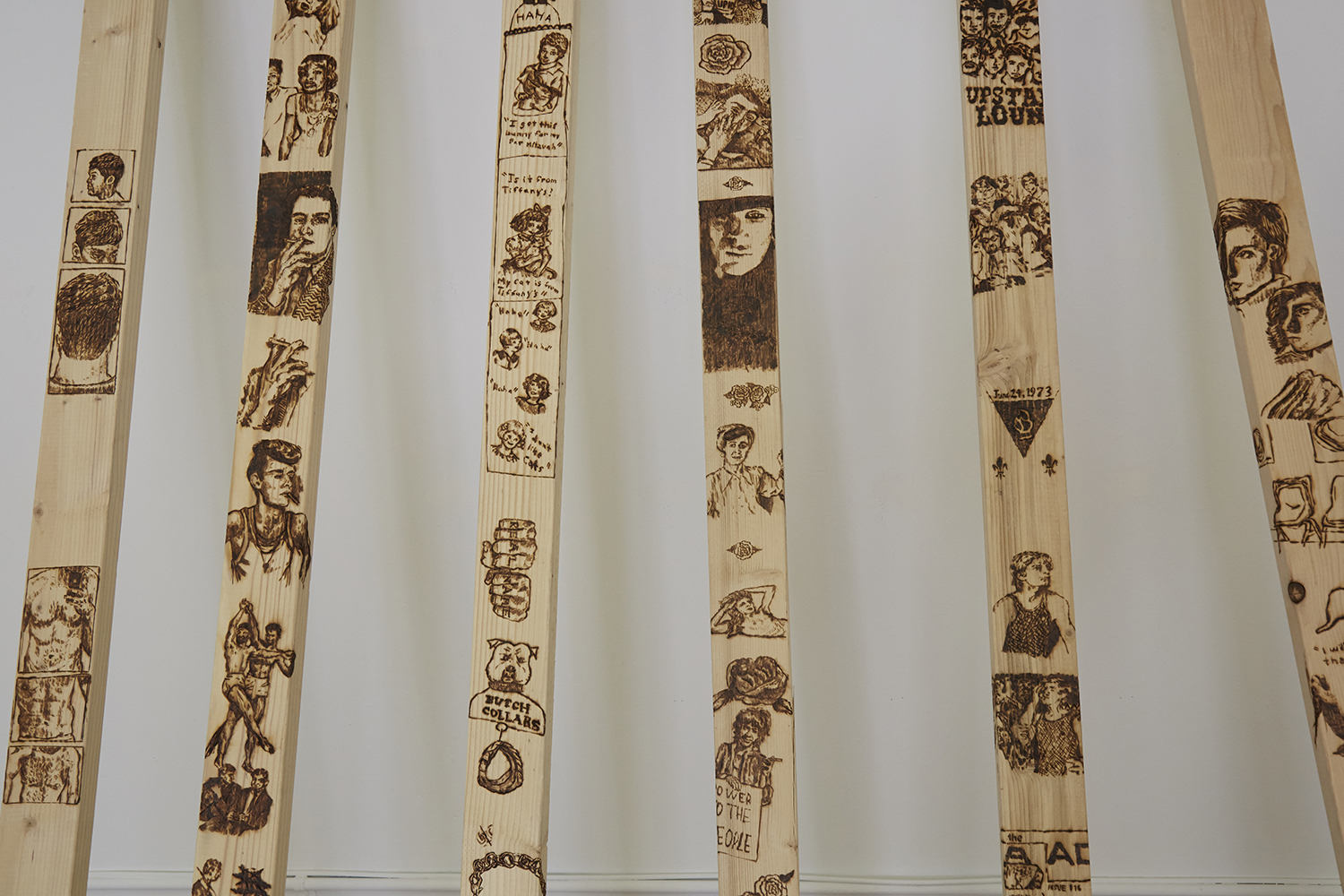
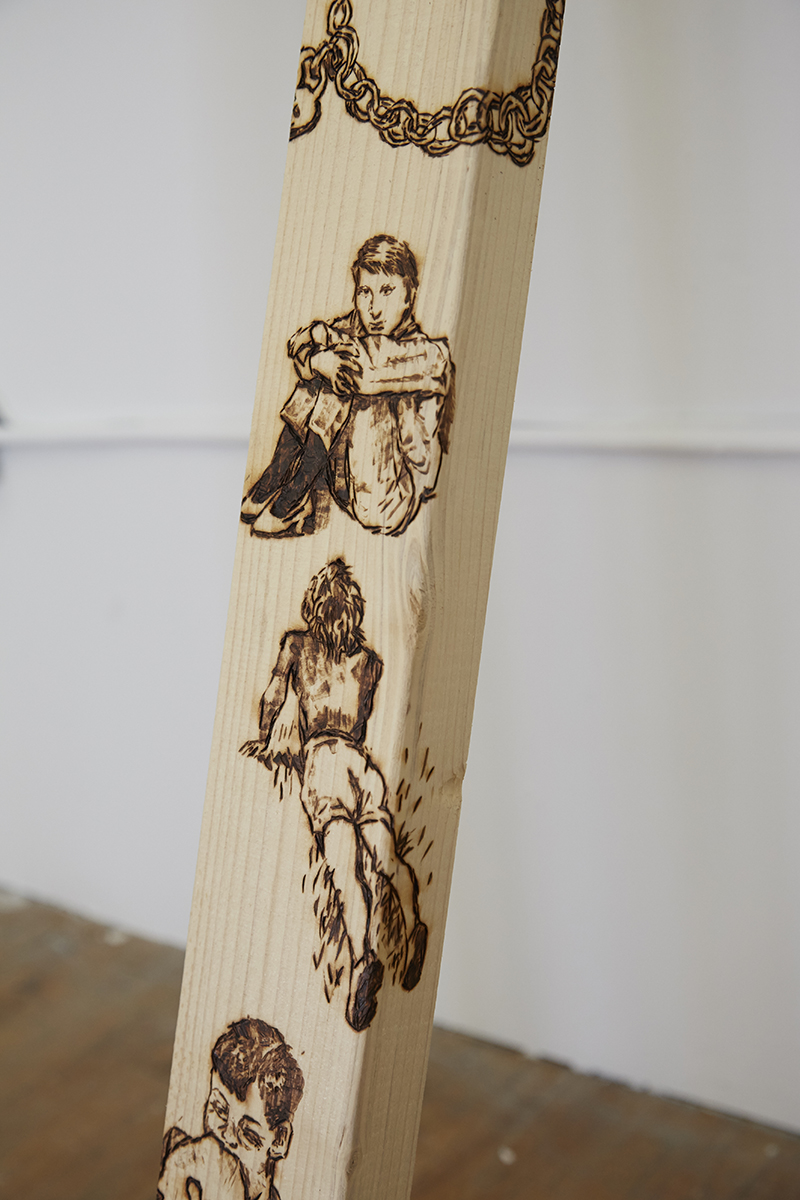
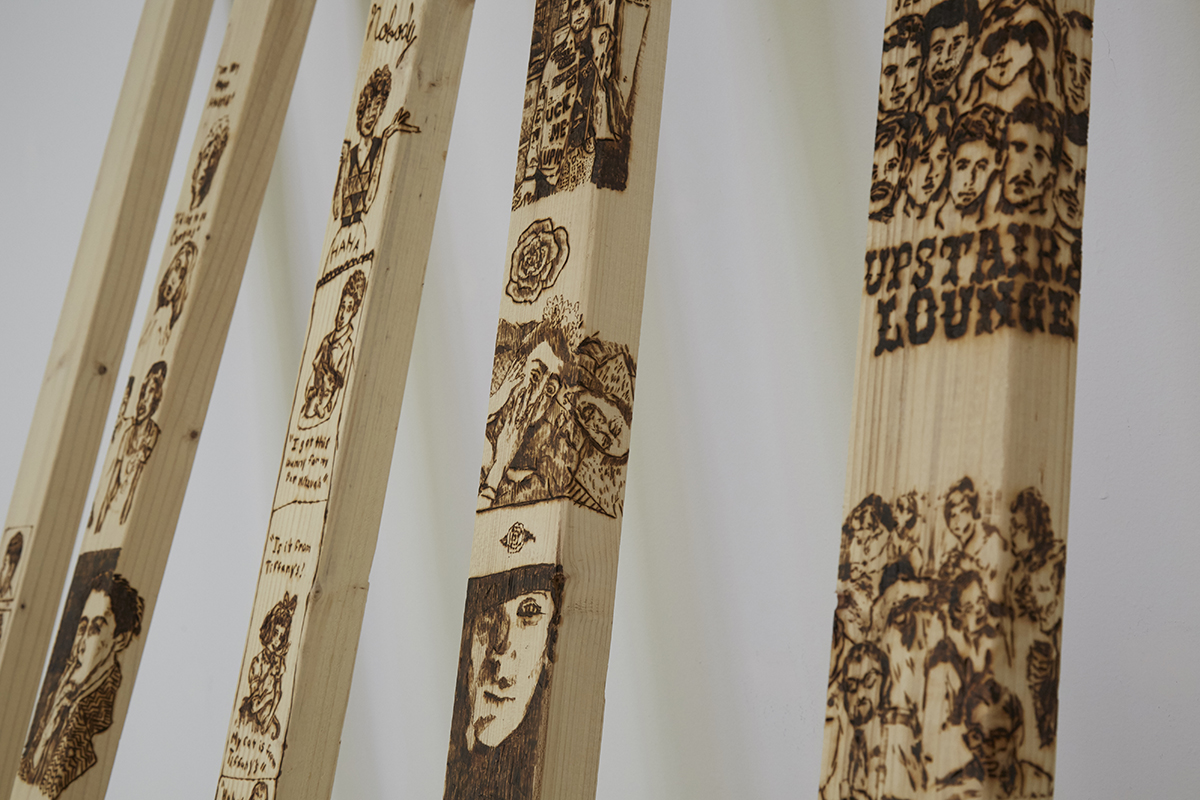
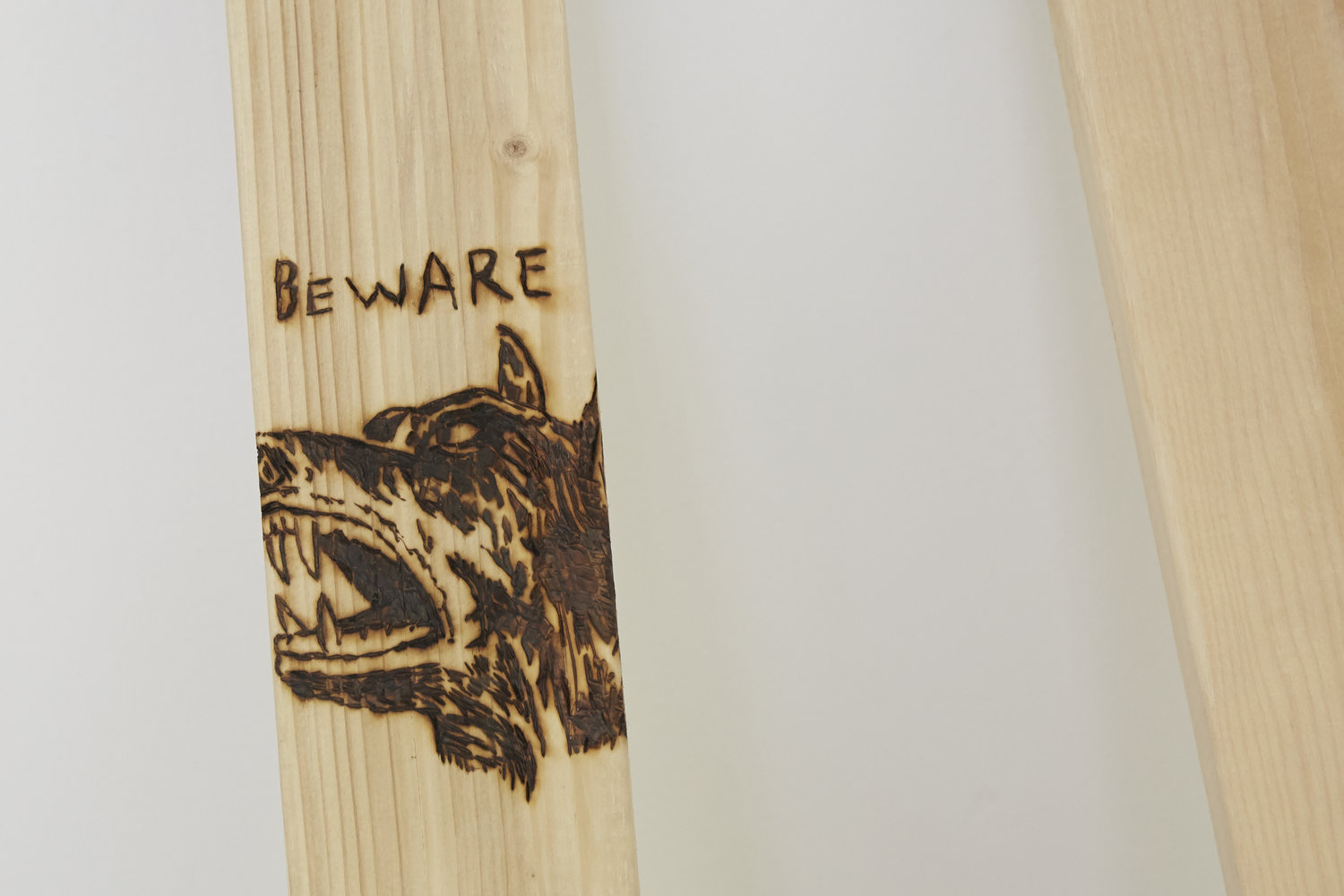

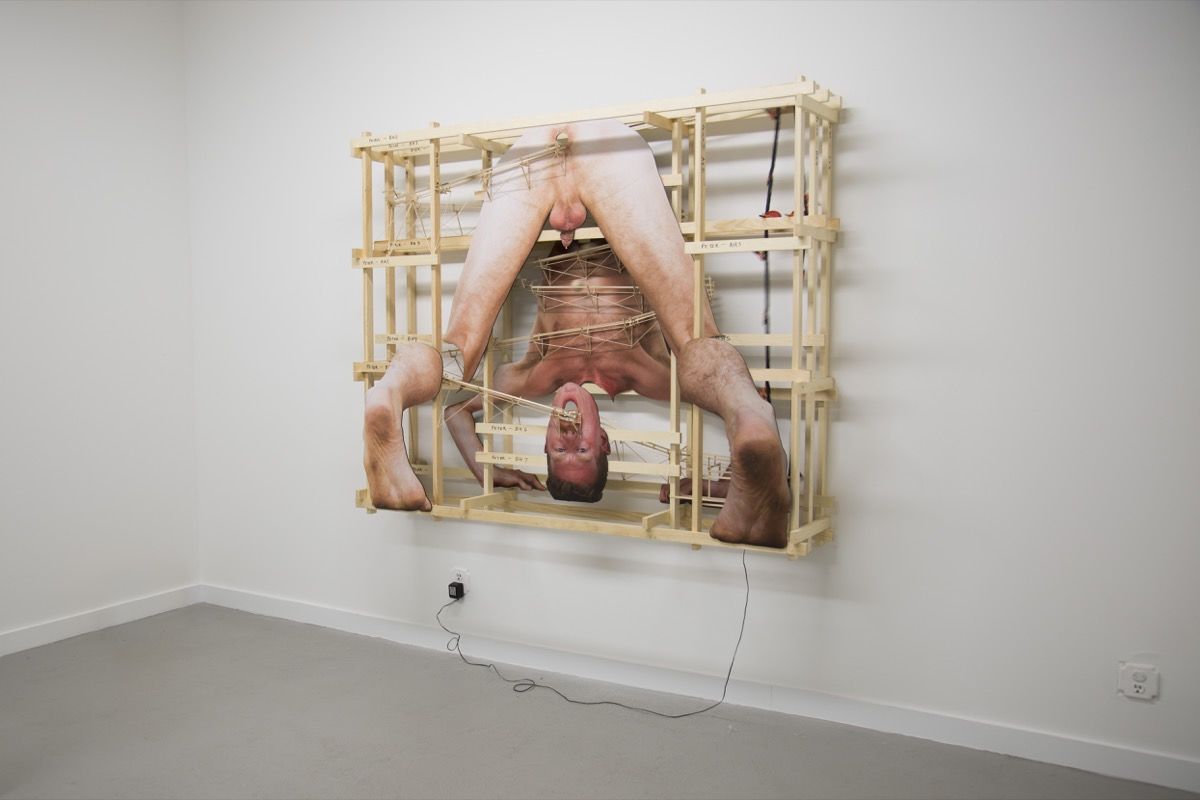
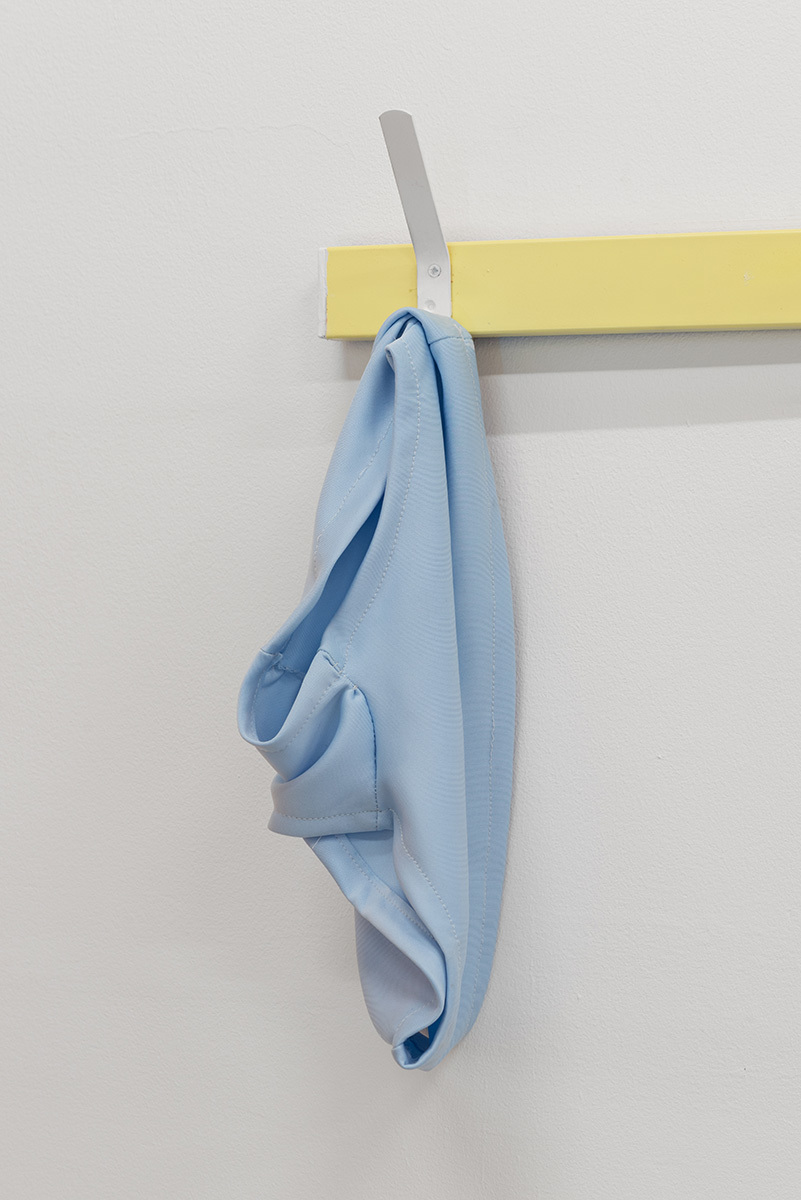




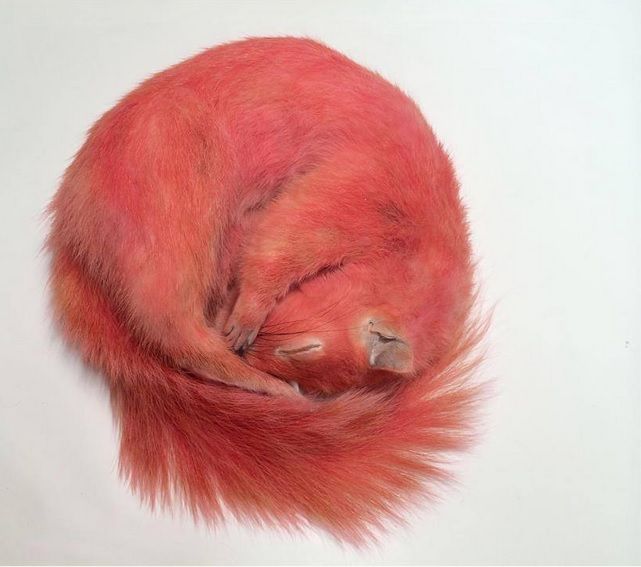

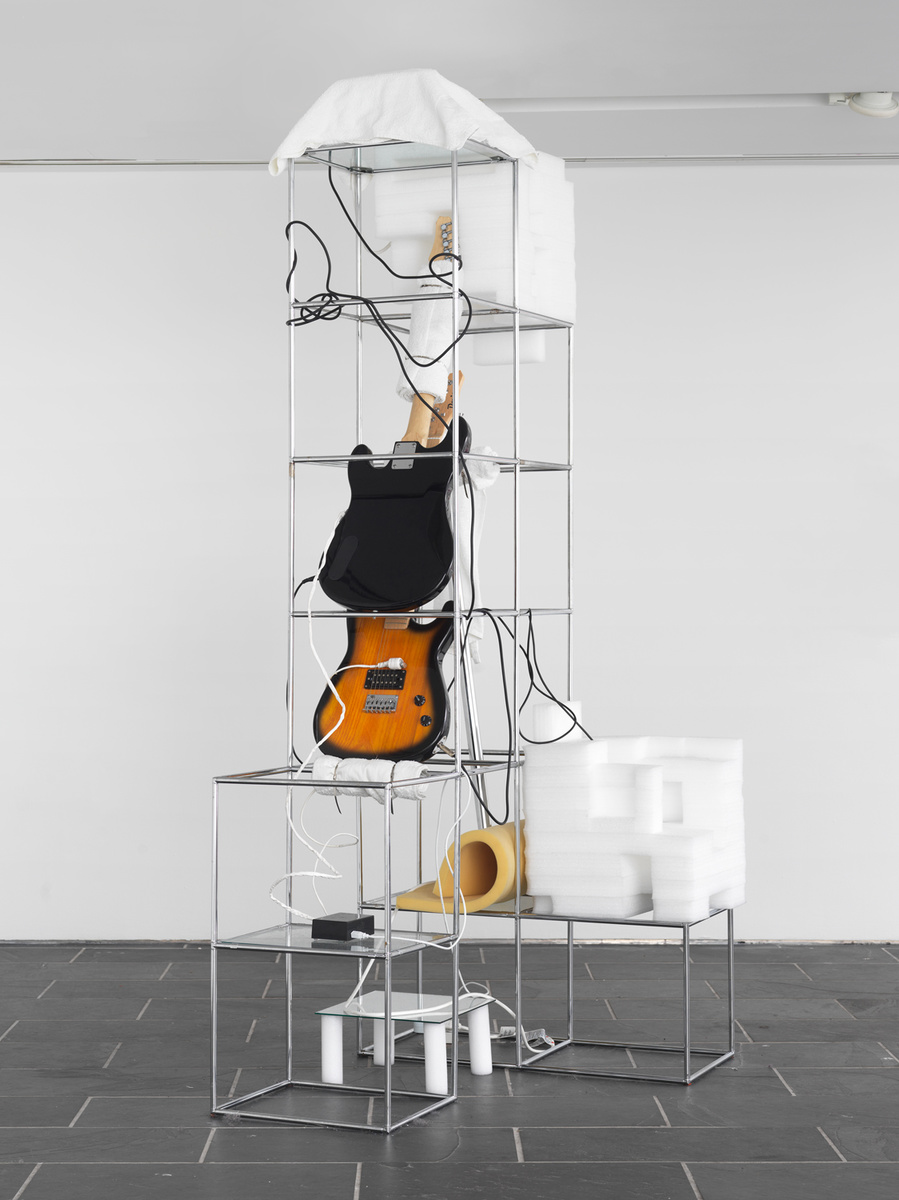


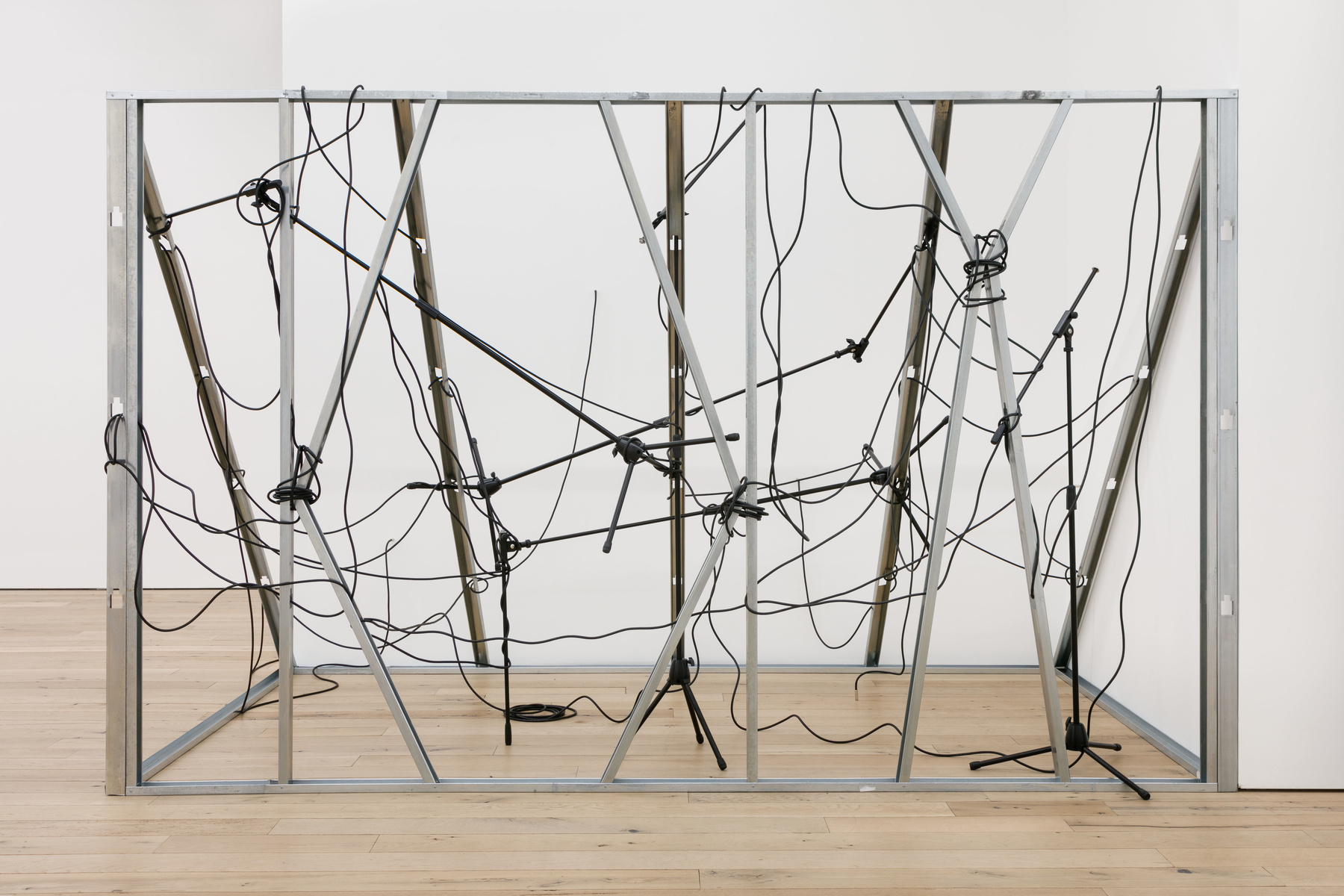
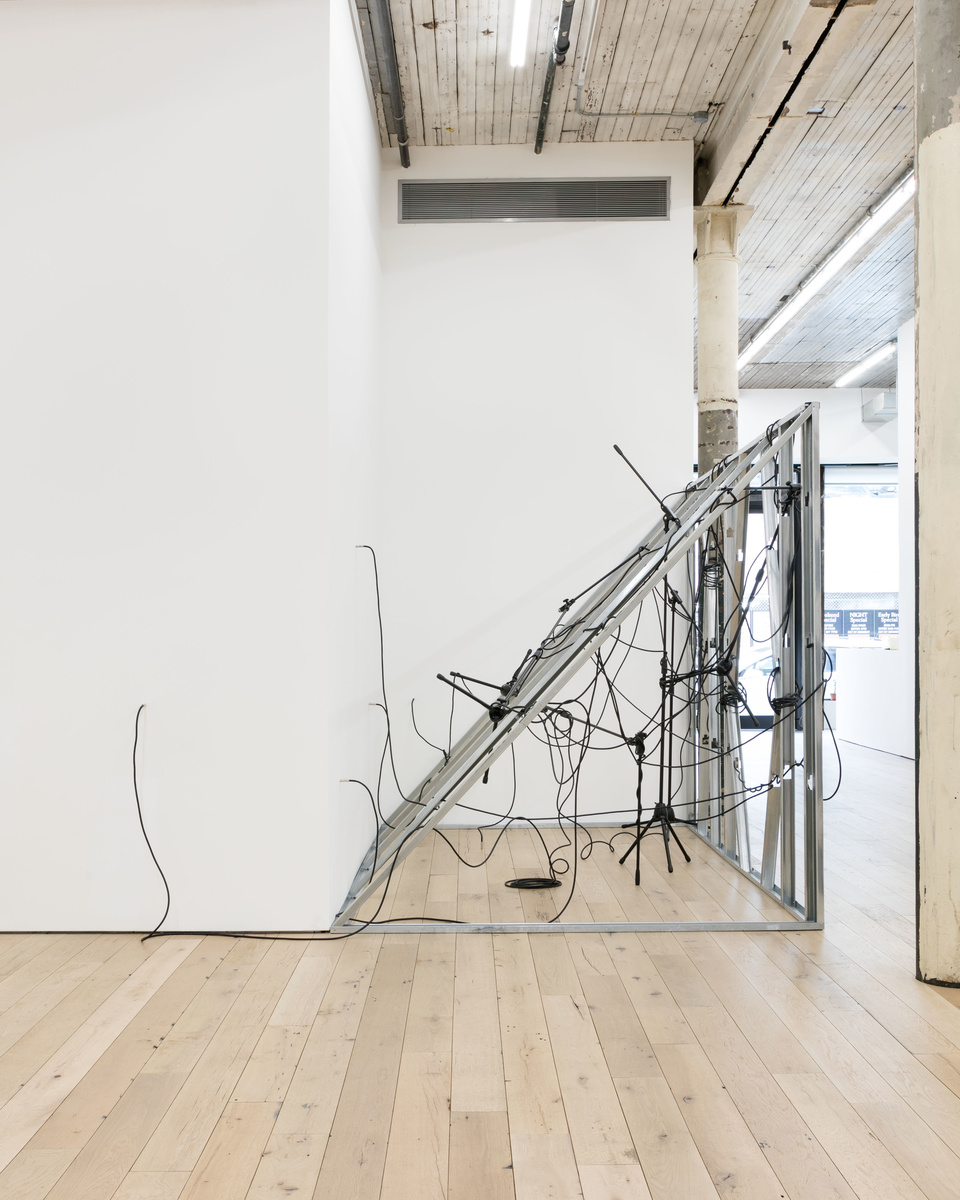
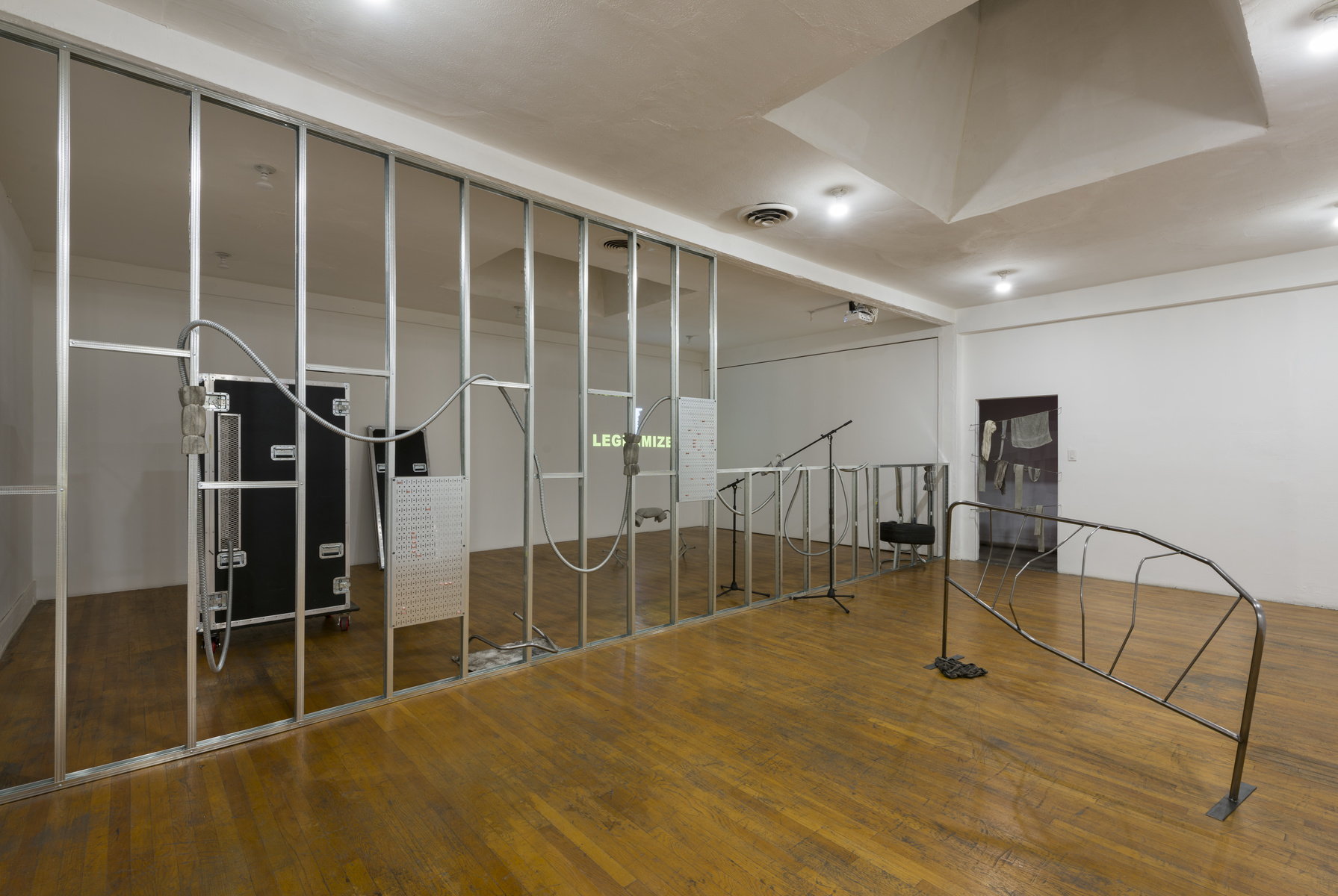
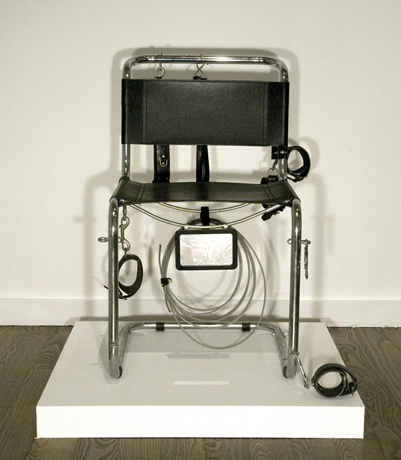
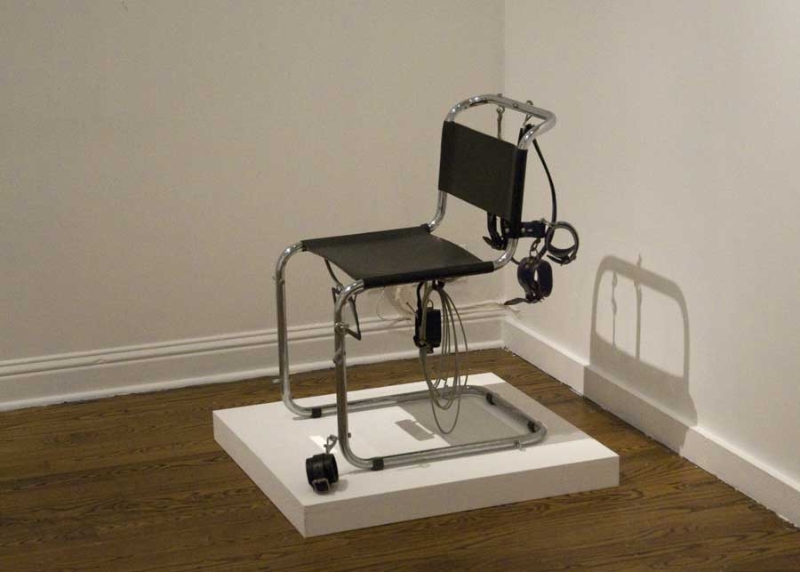
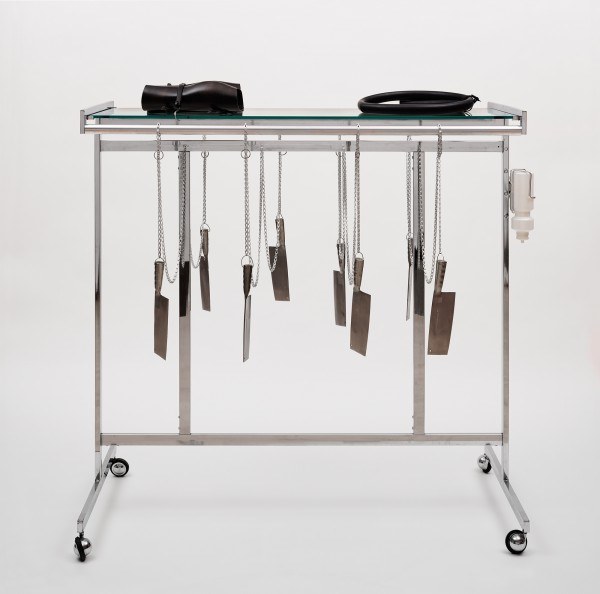
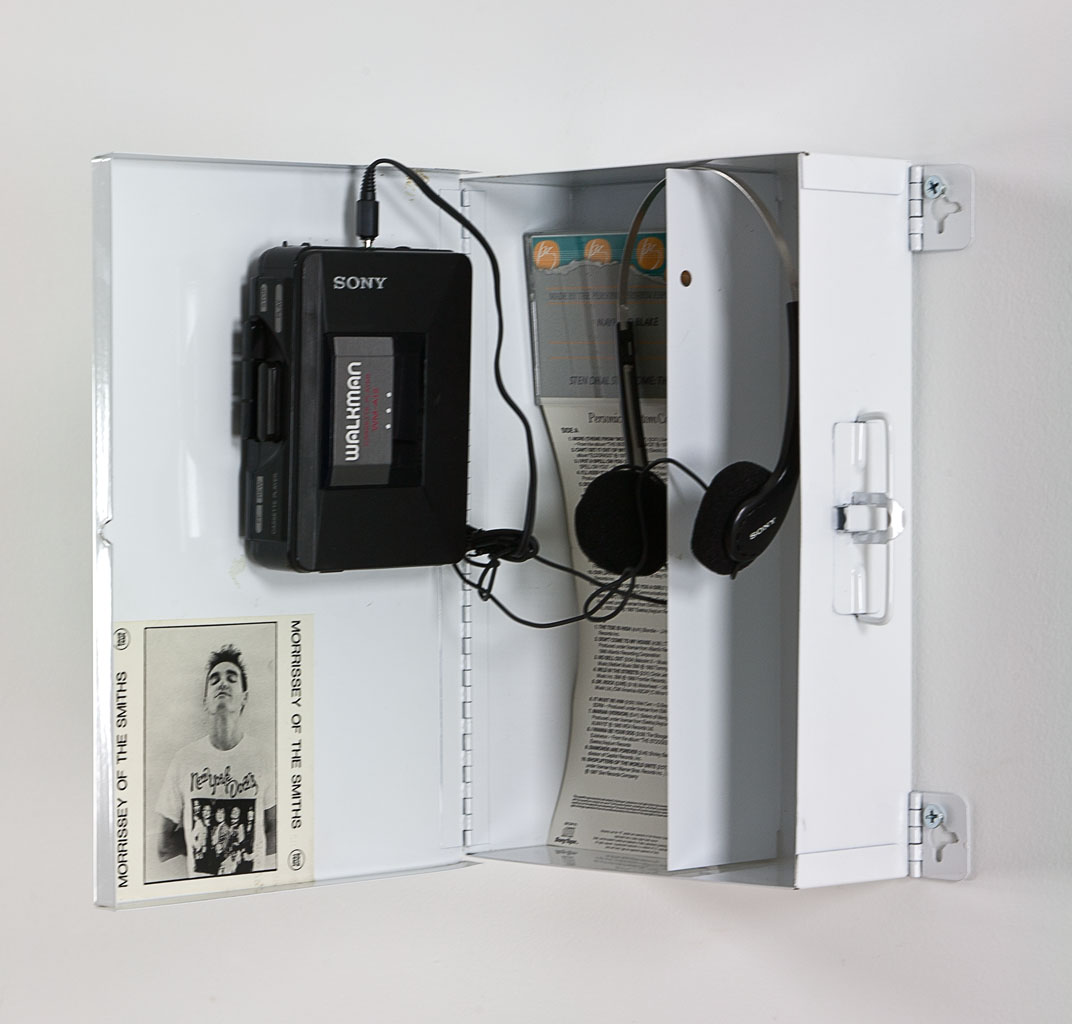
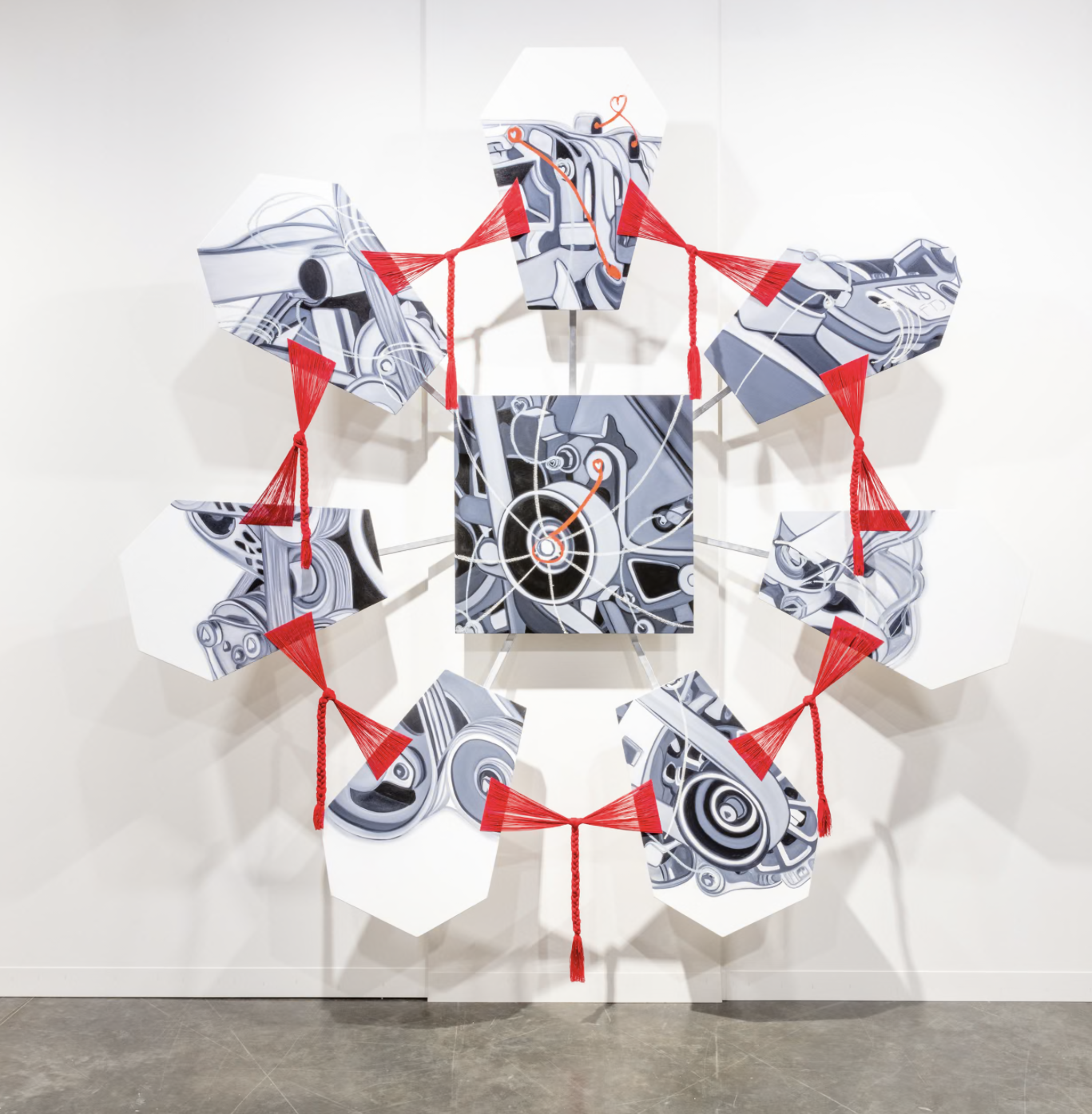
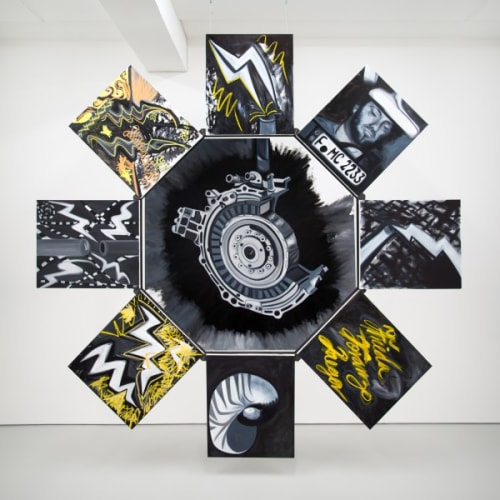



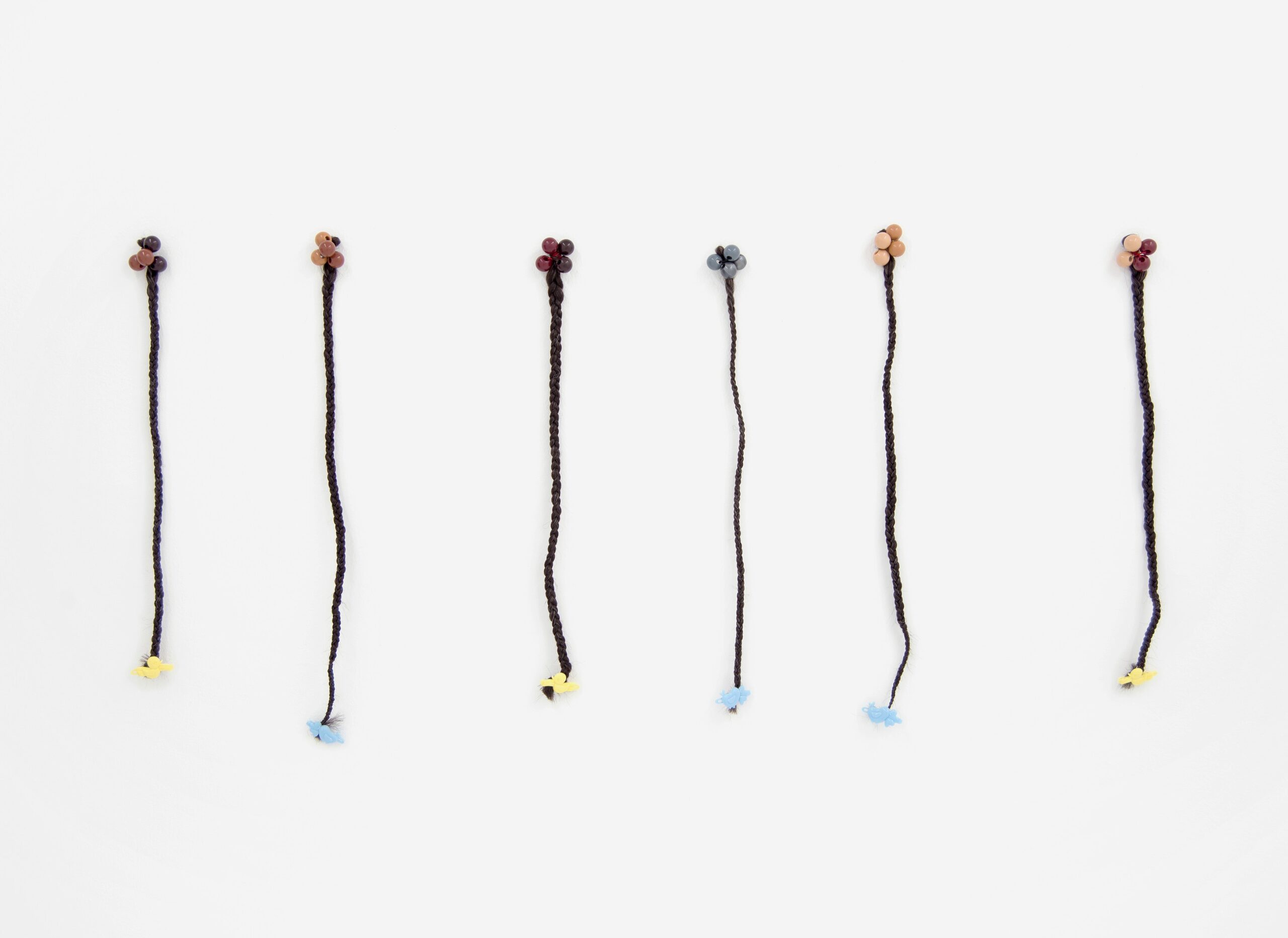
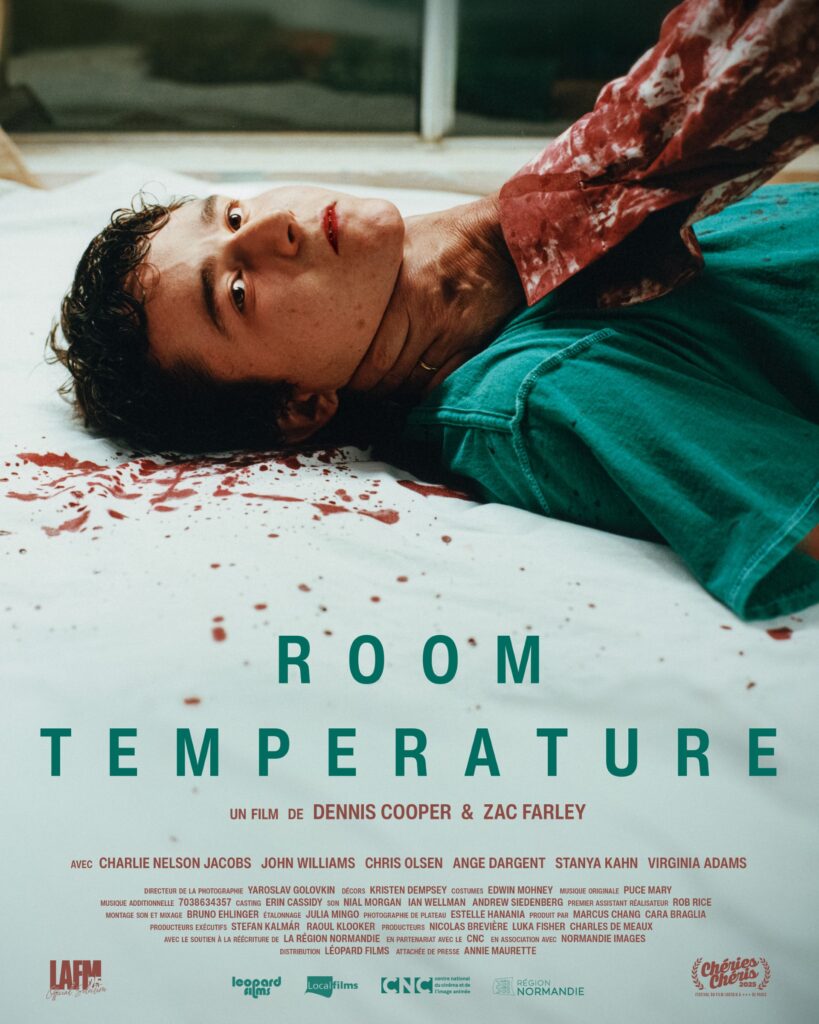



 Now available in North America
Now available in North America 